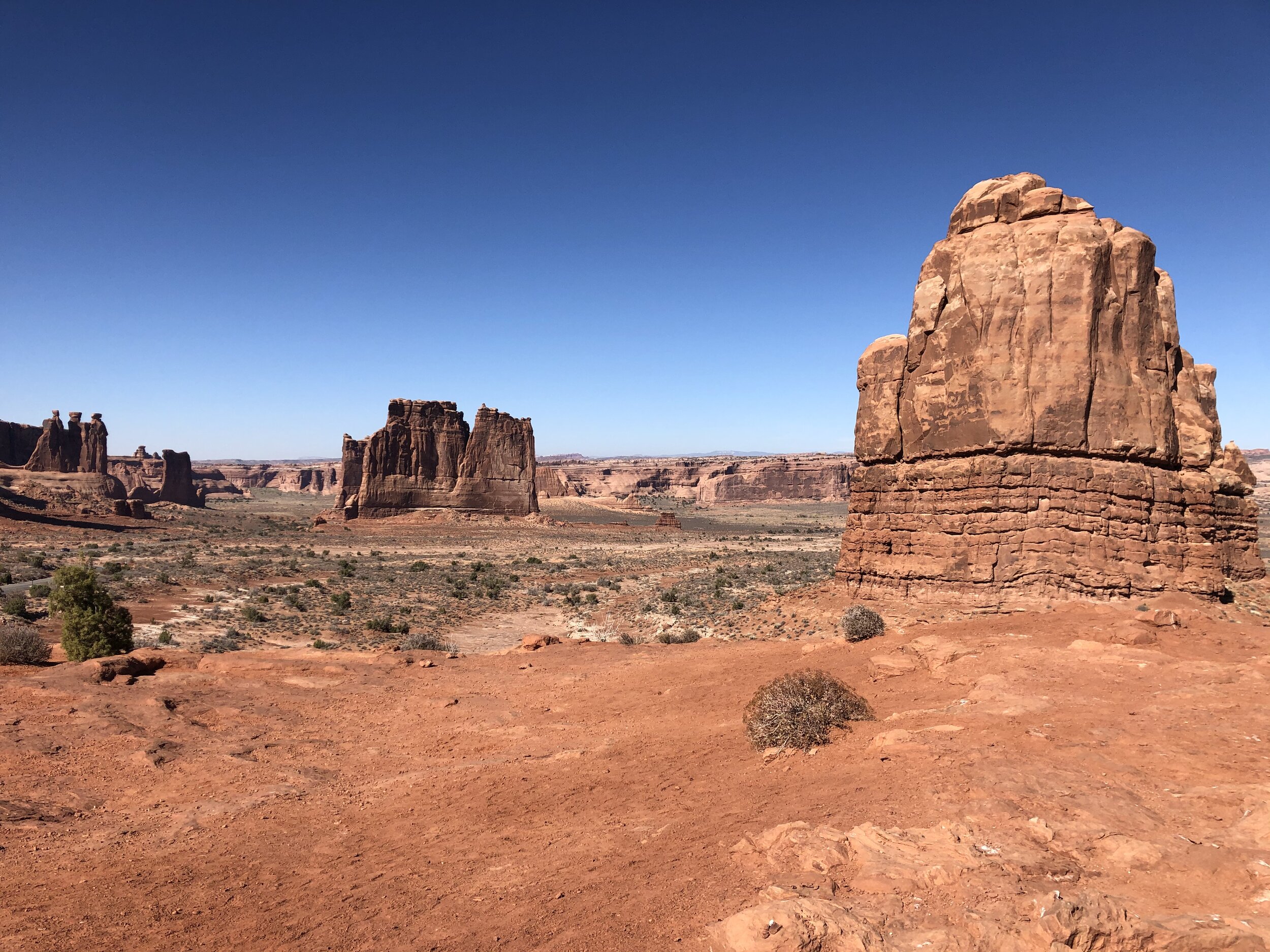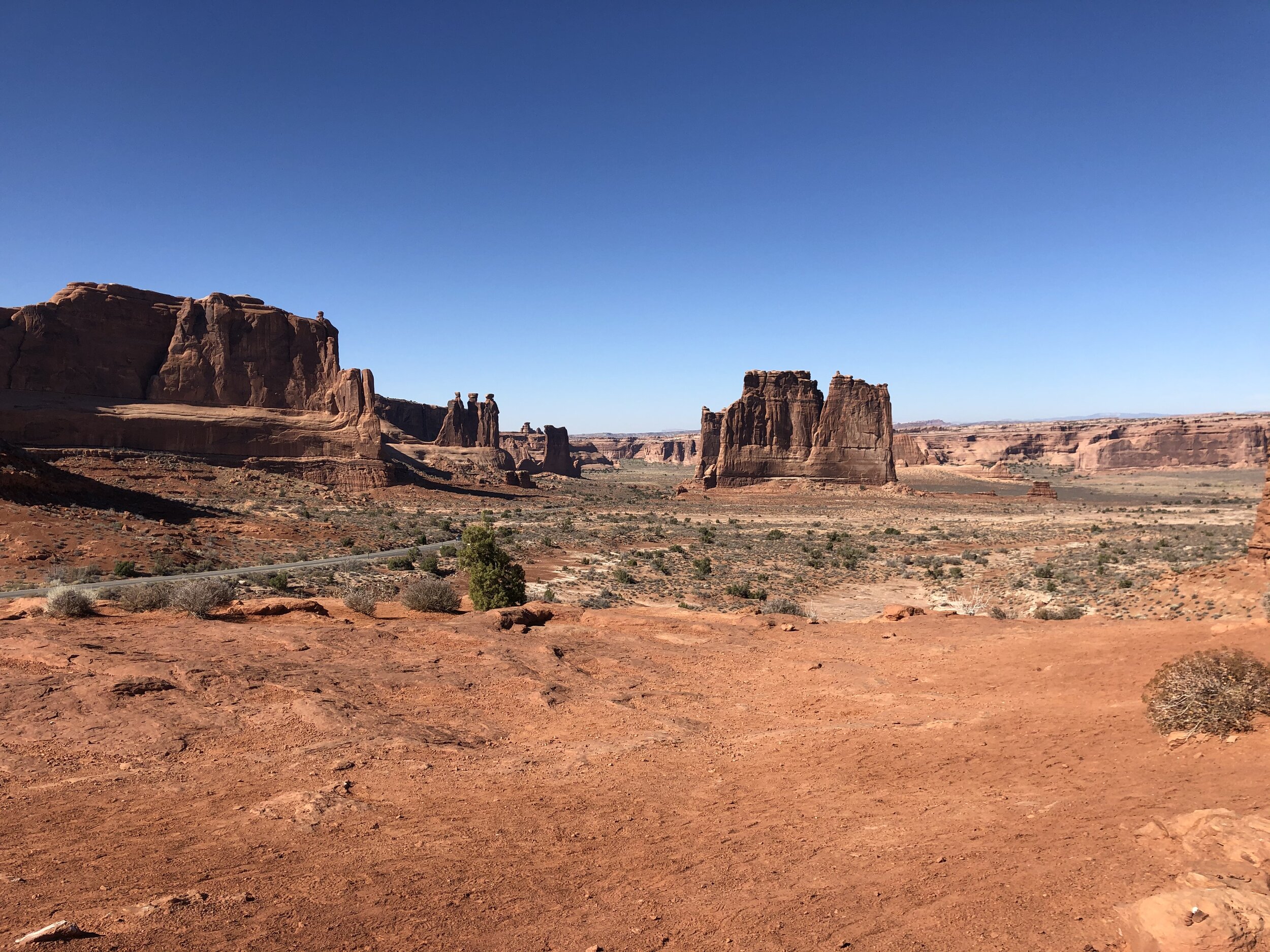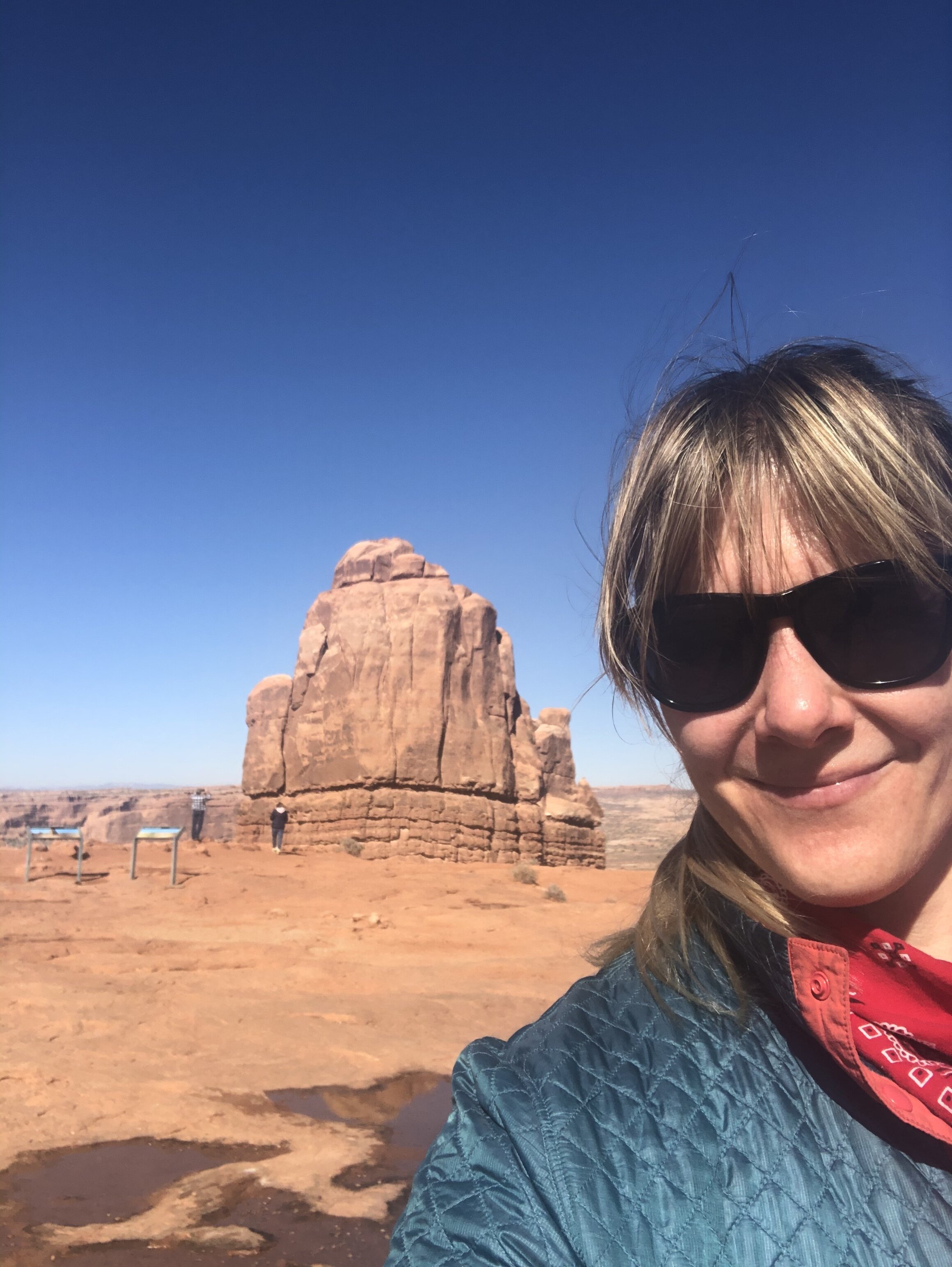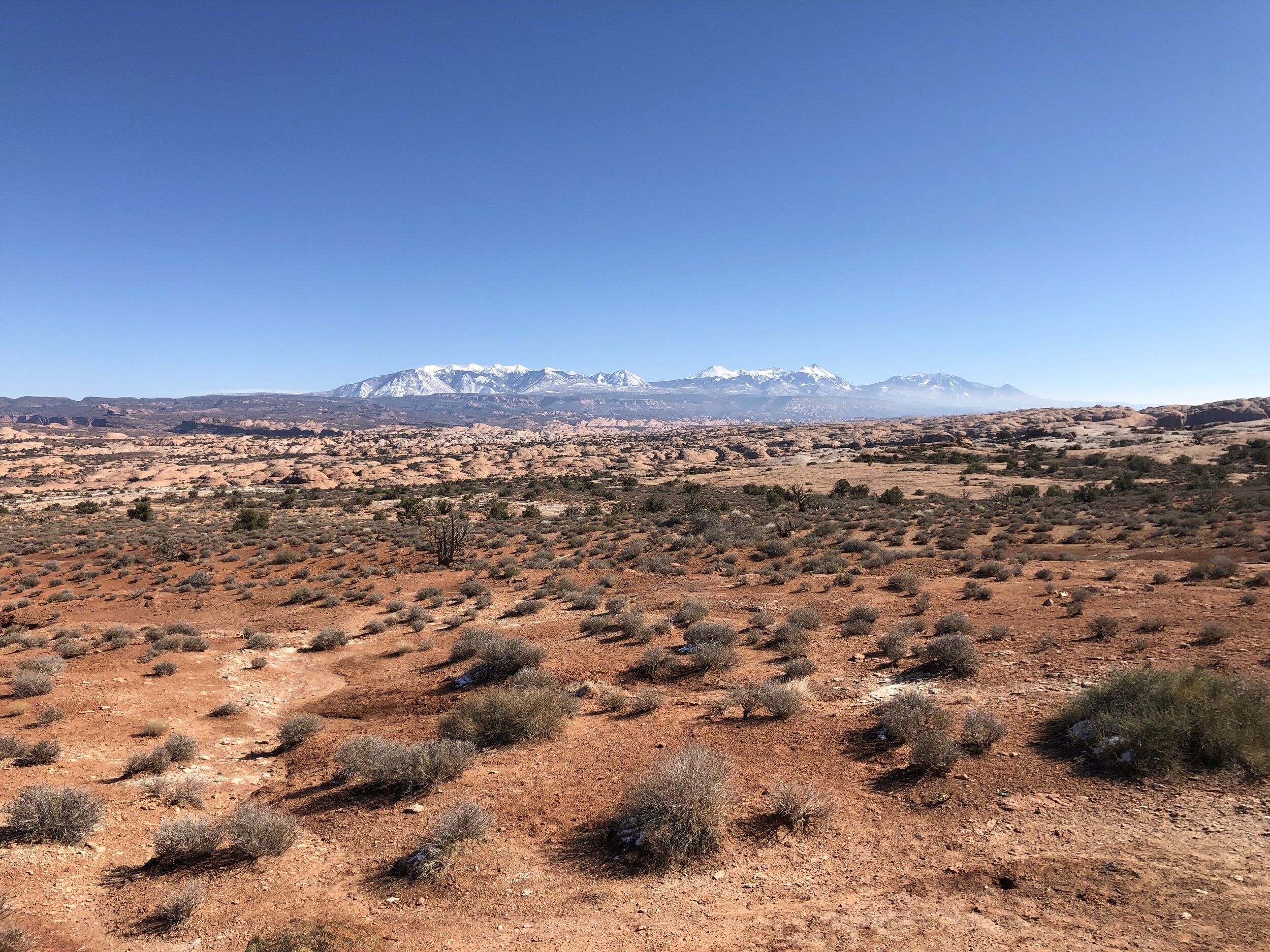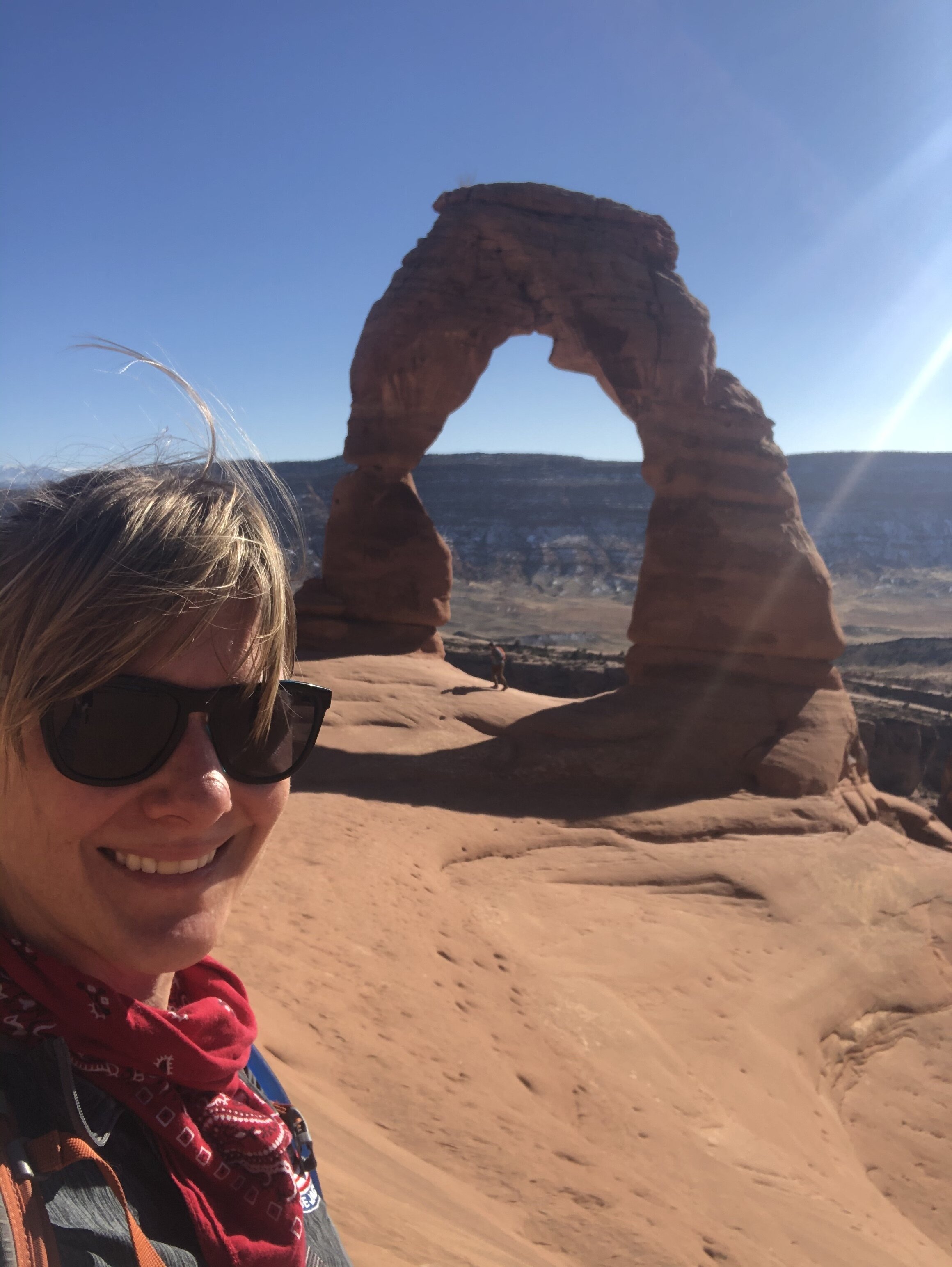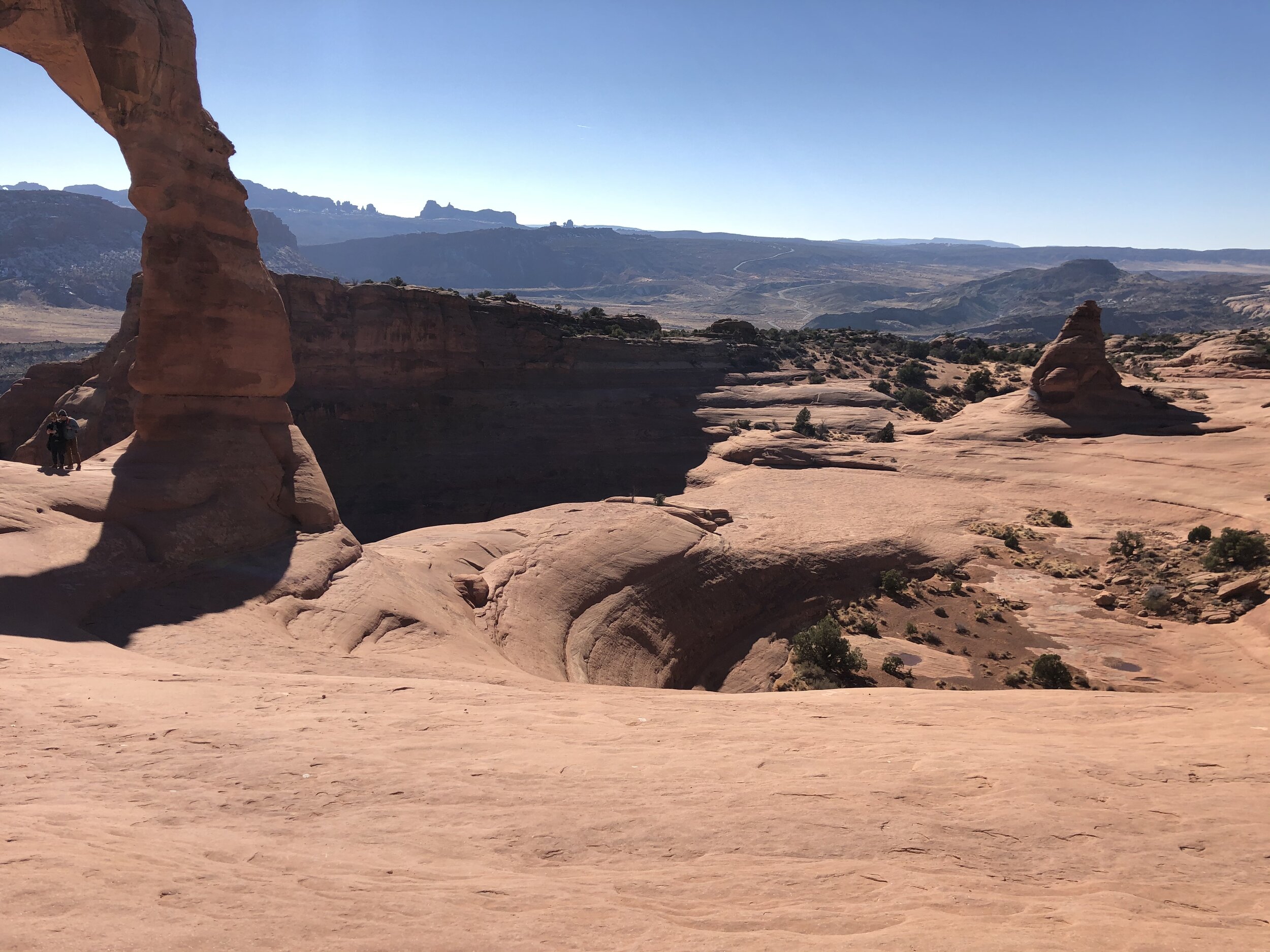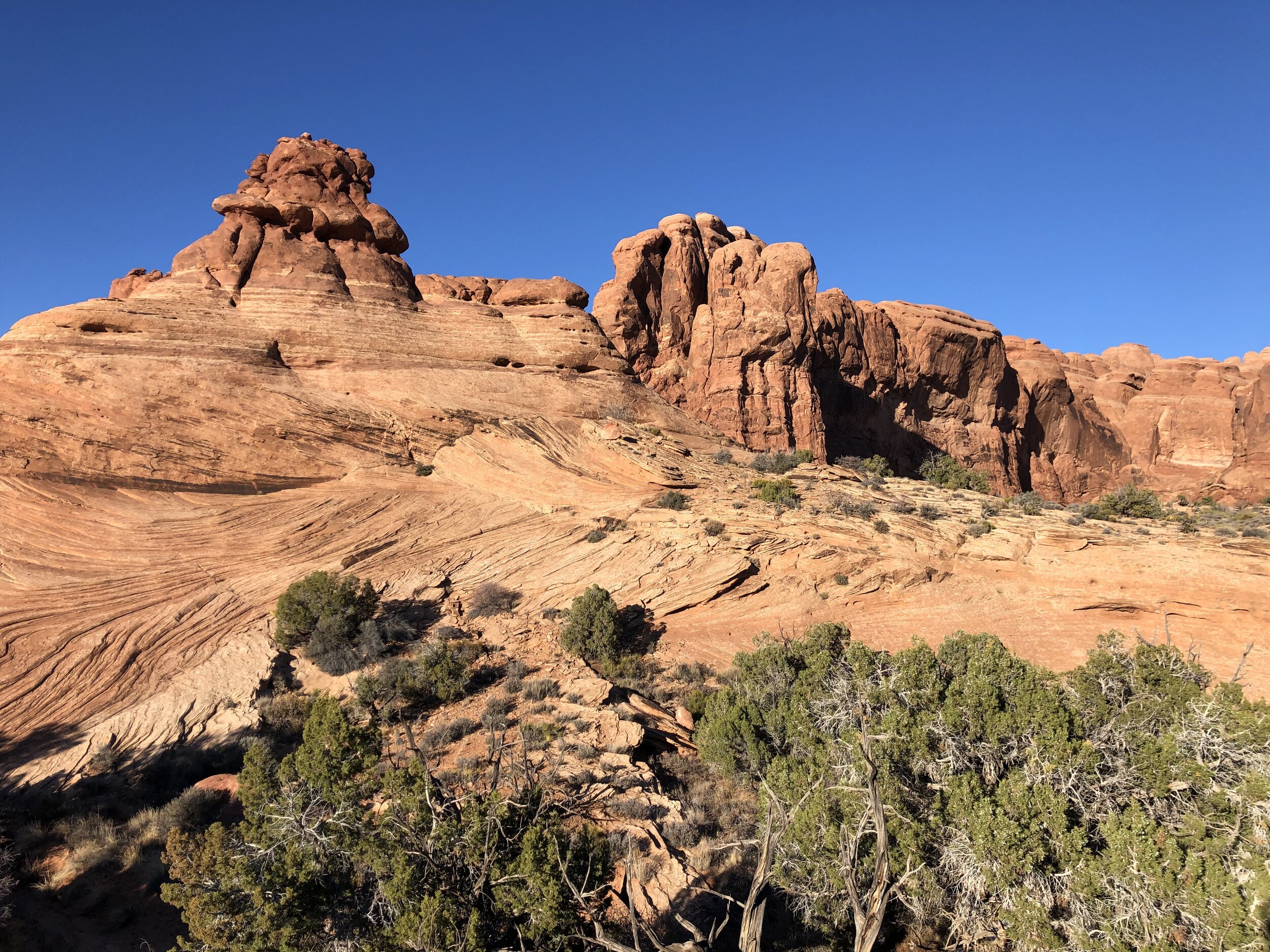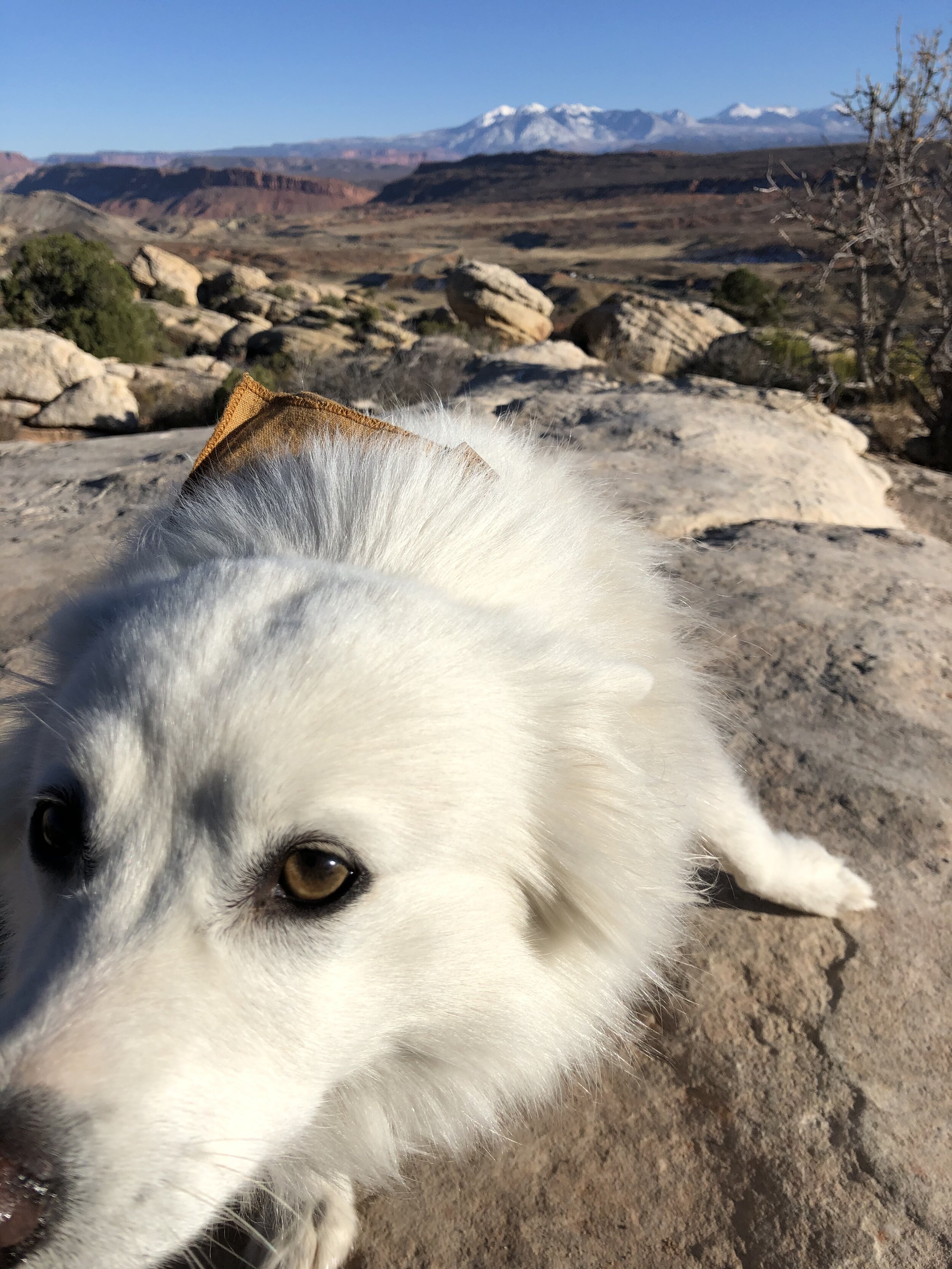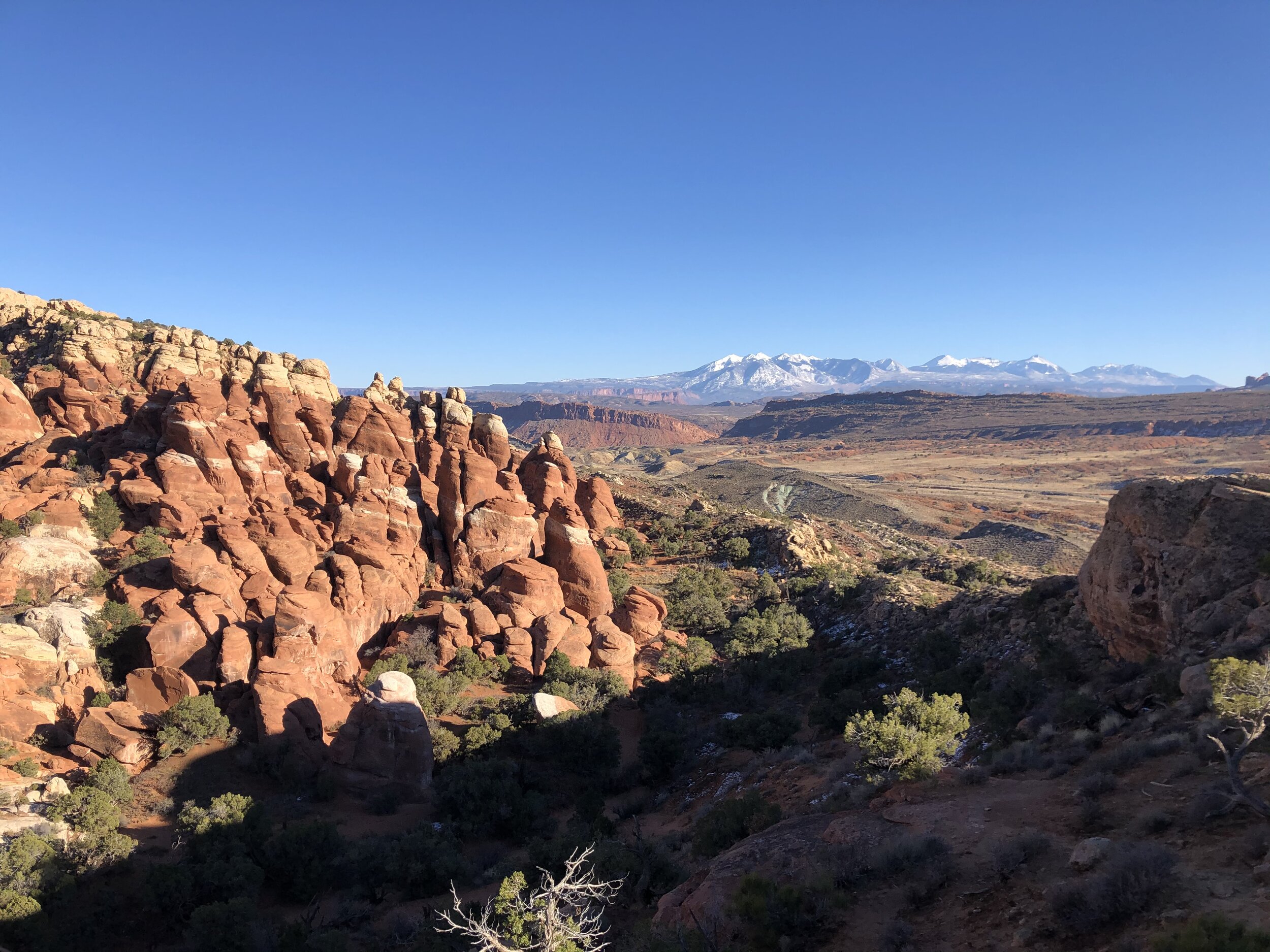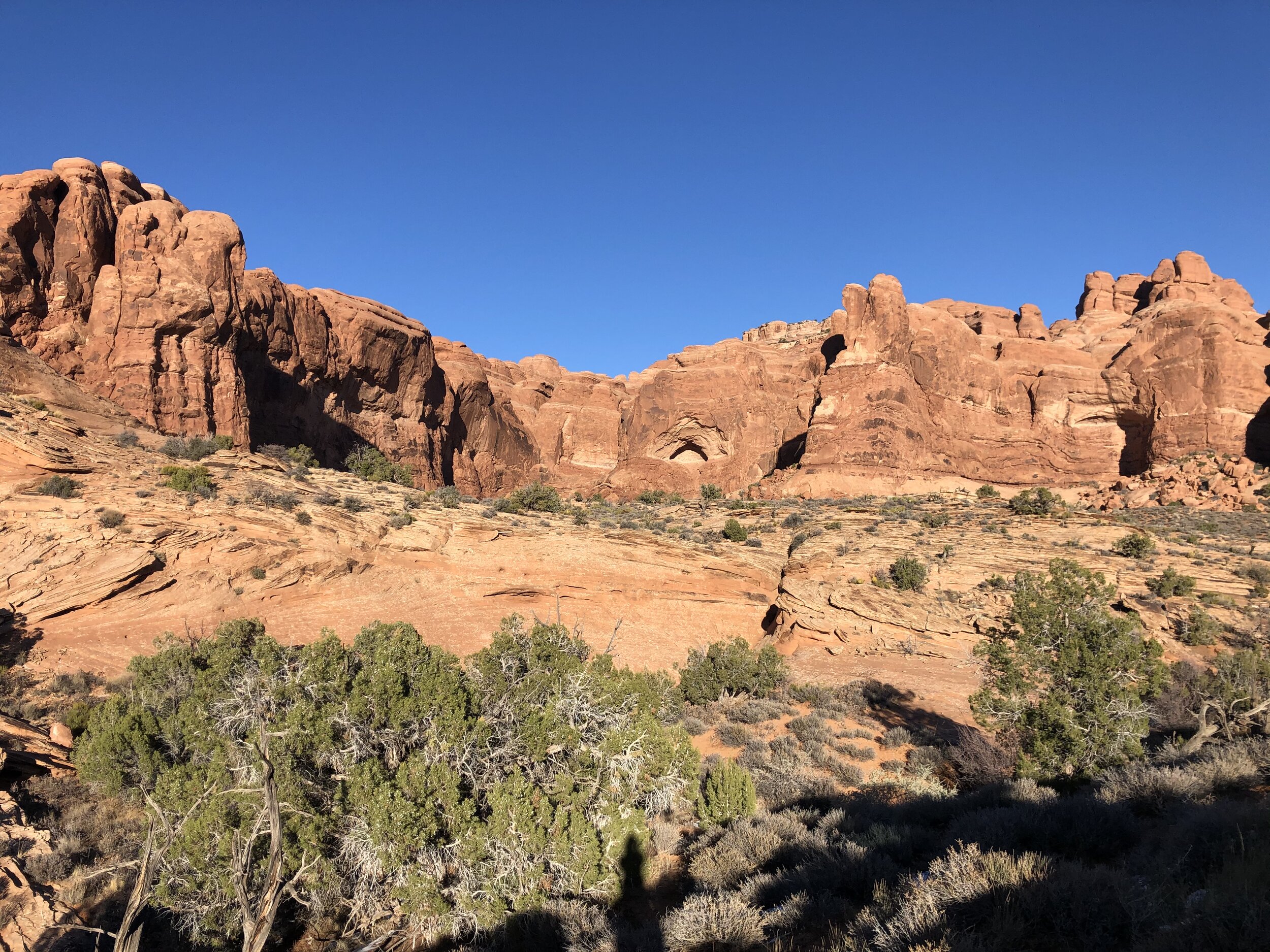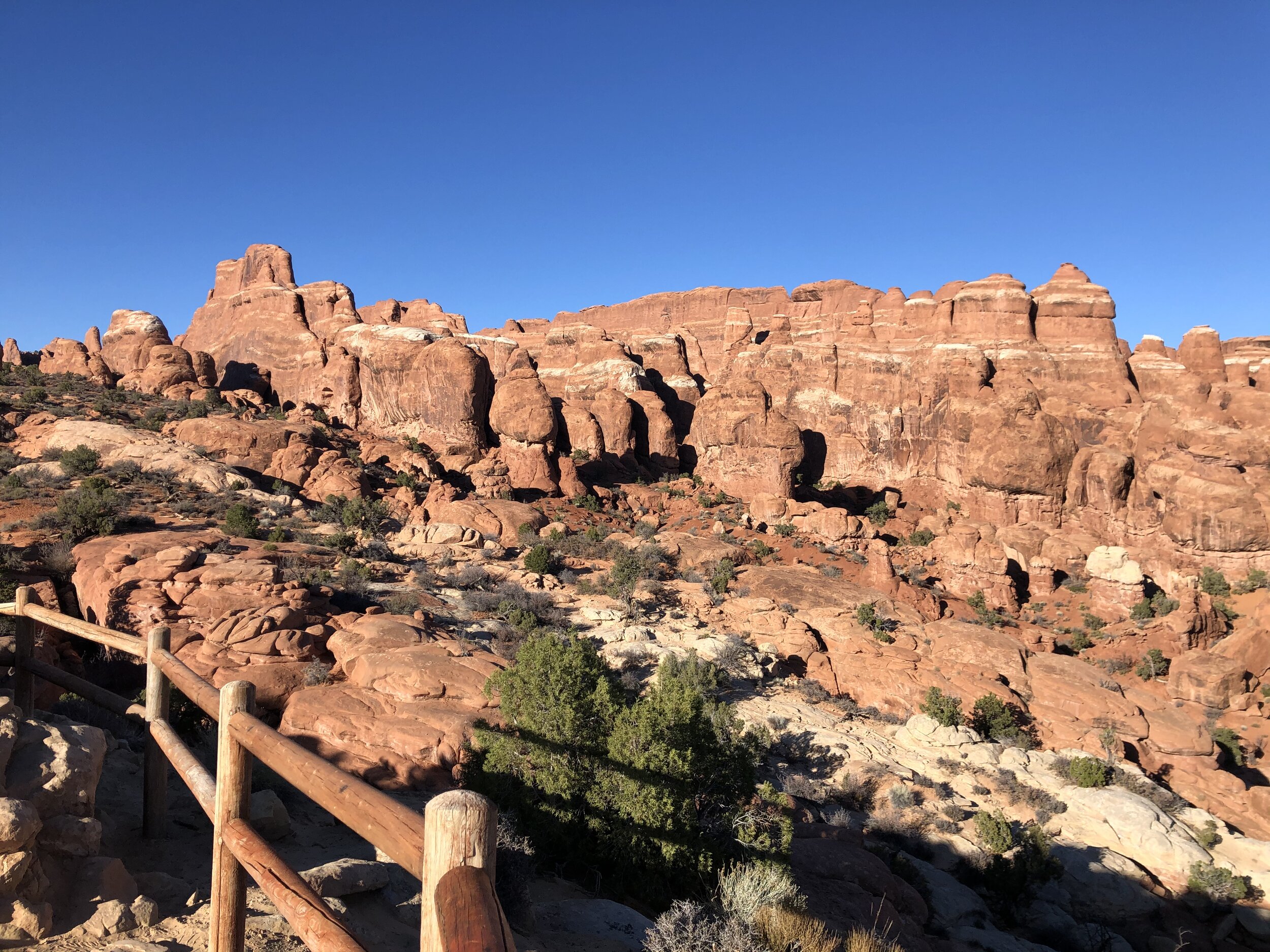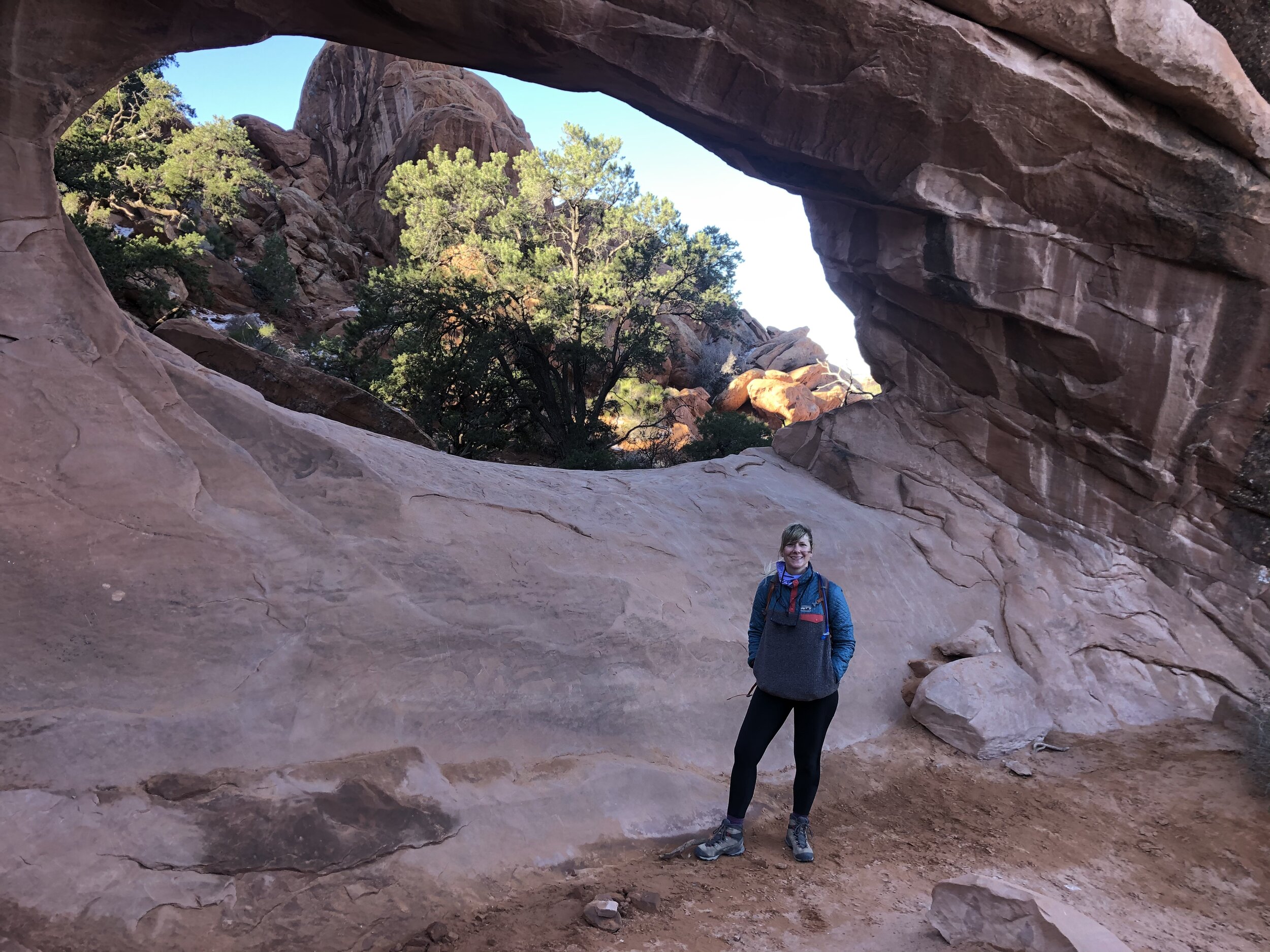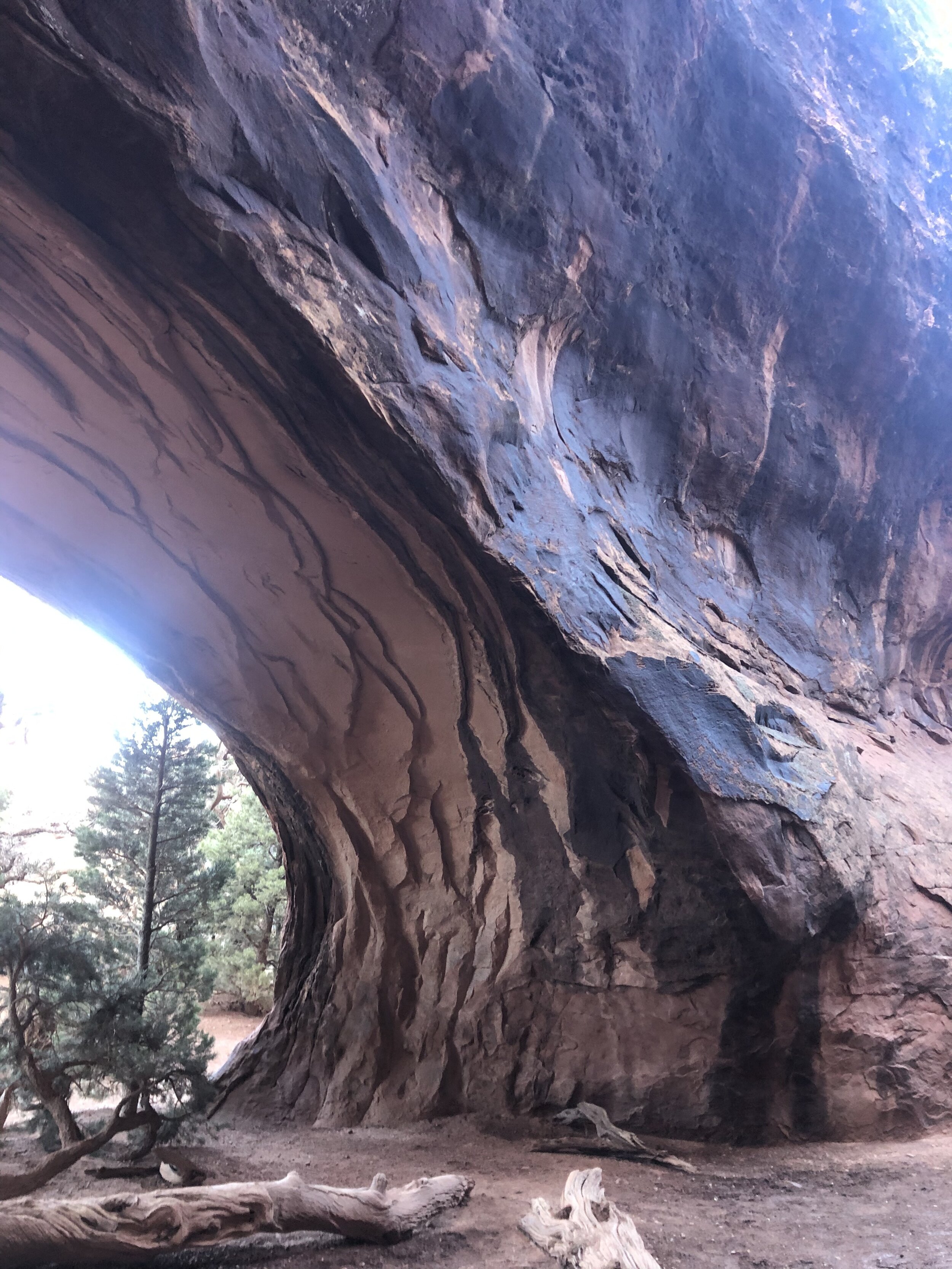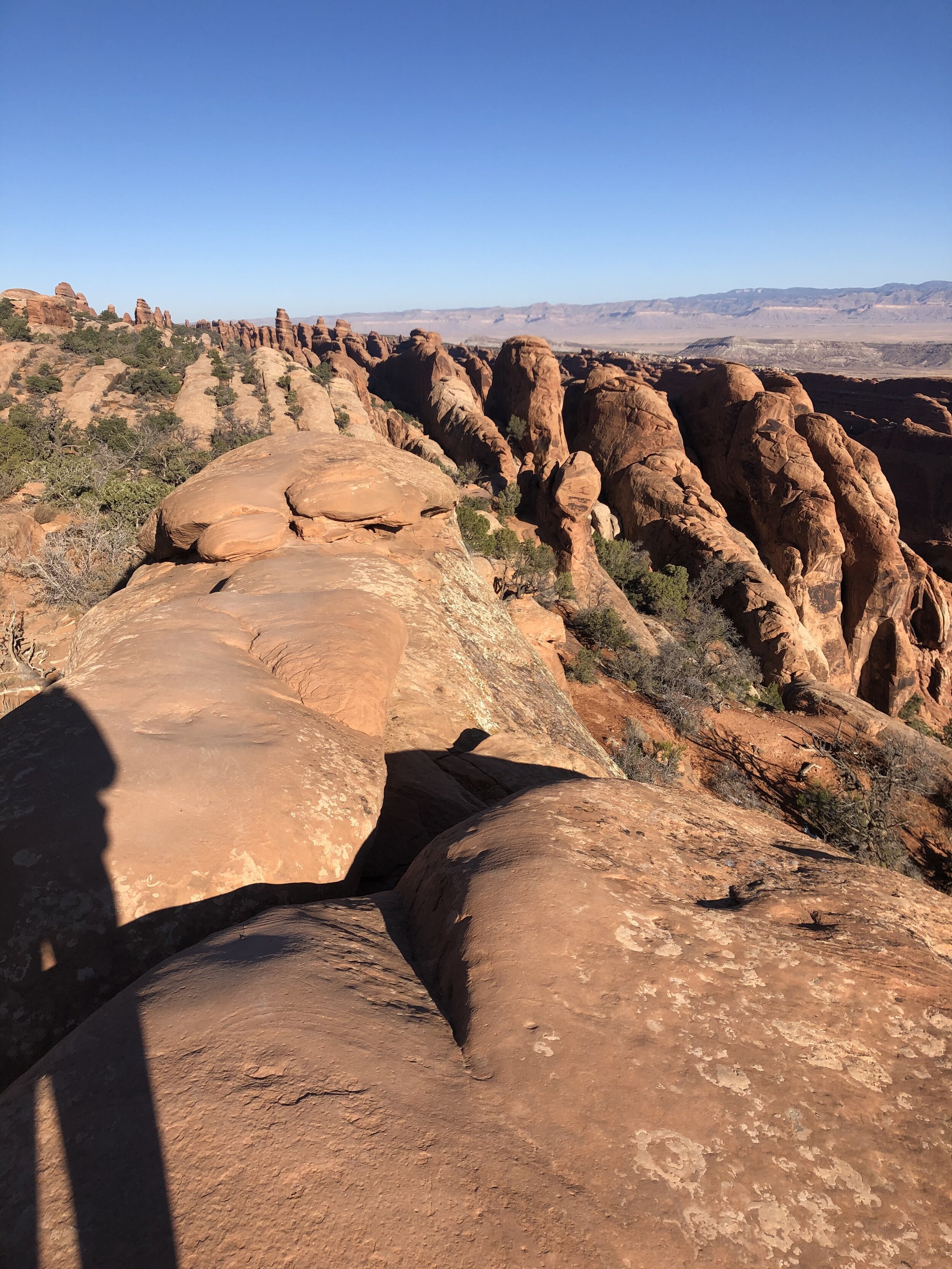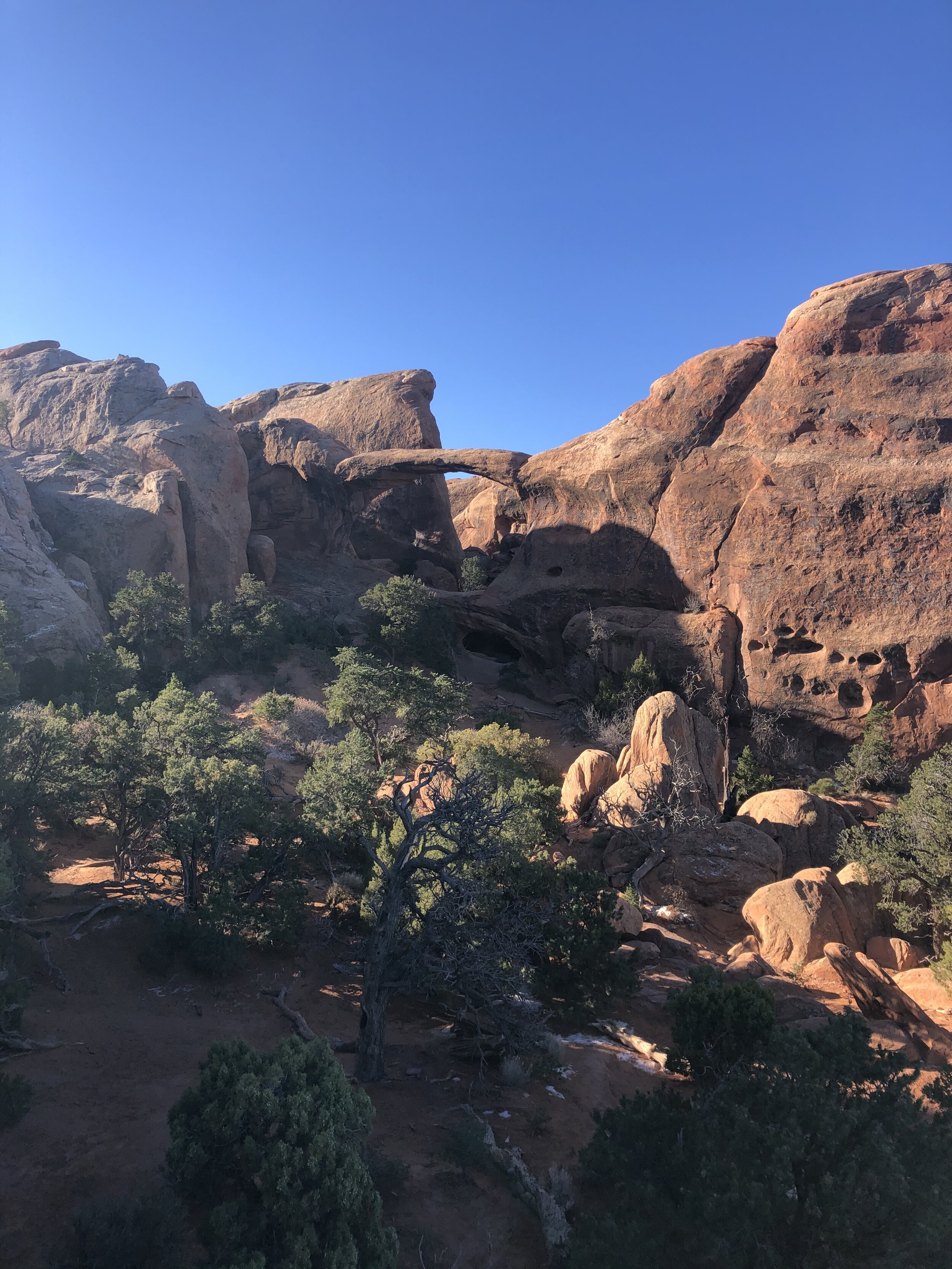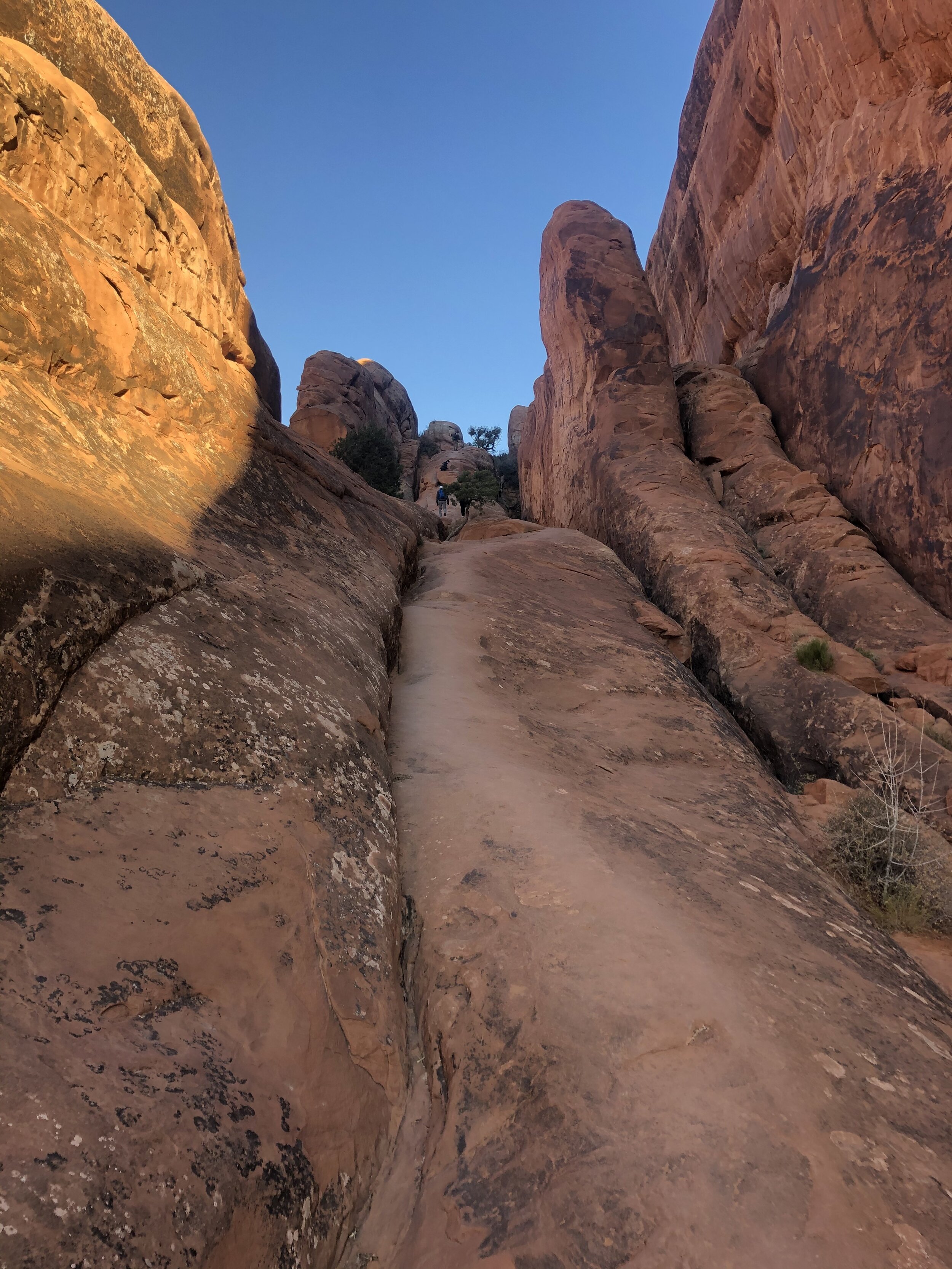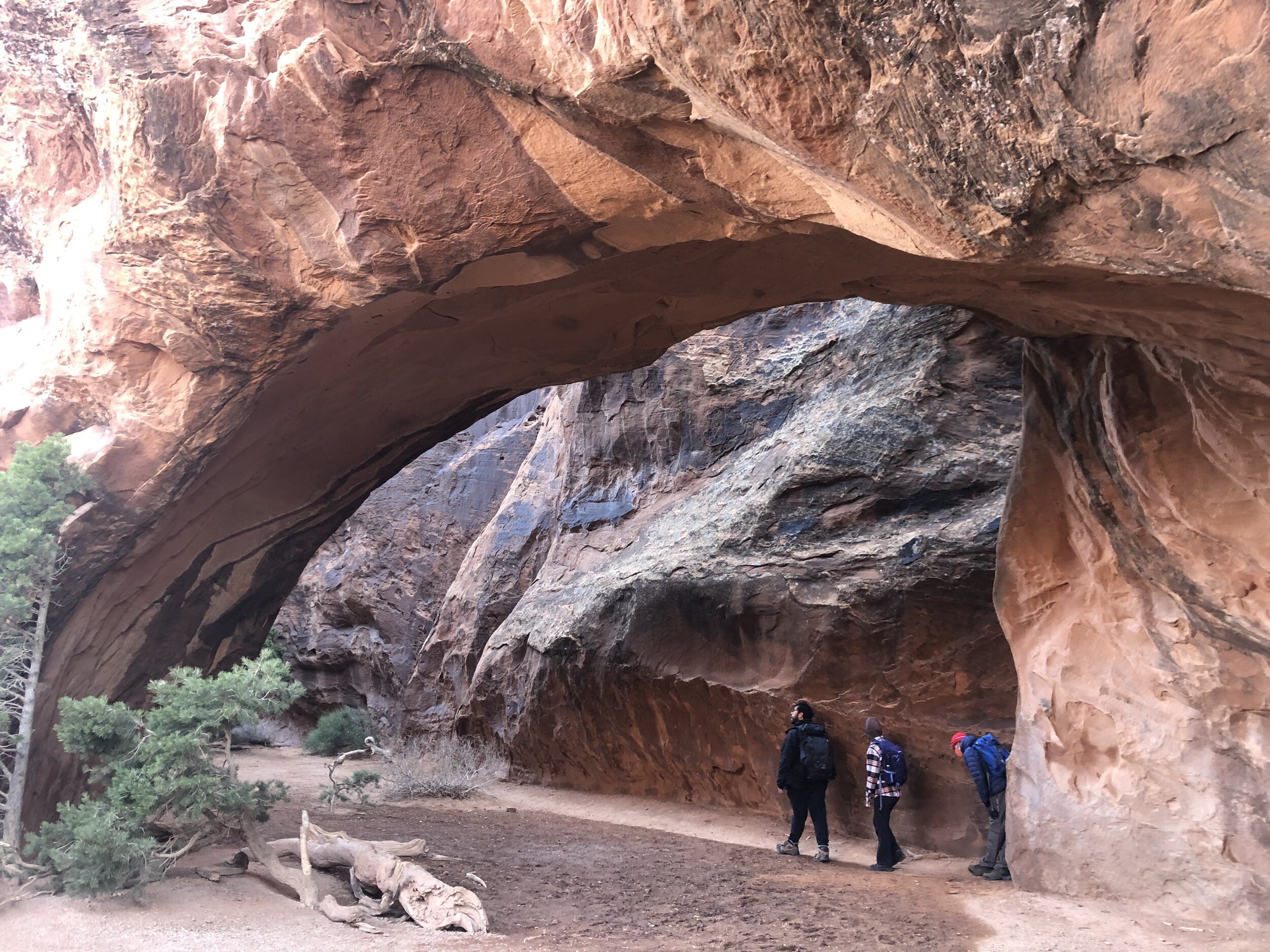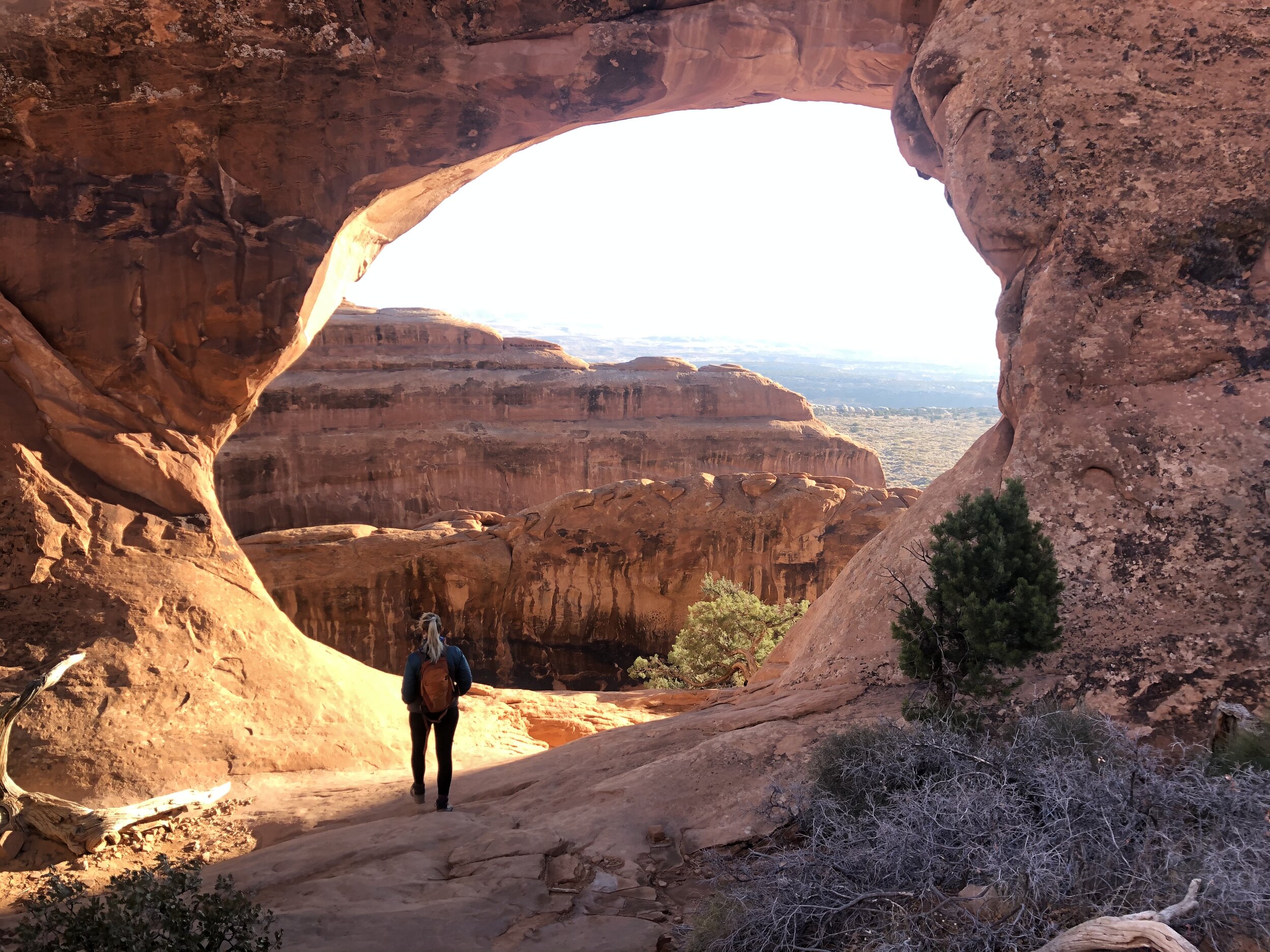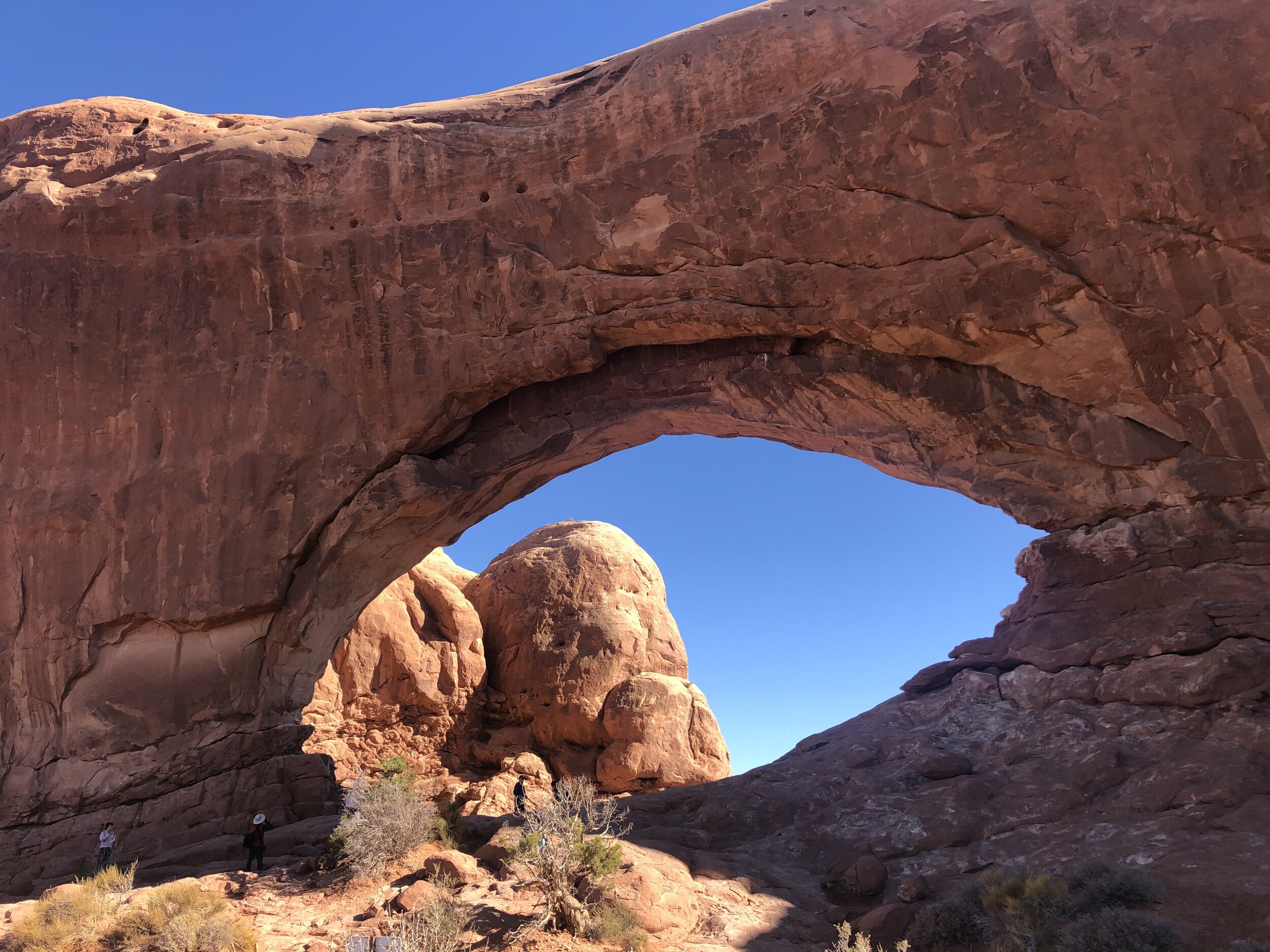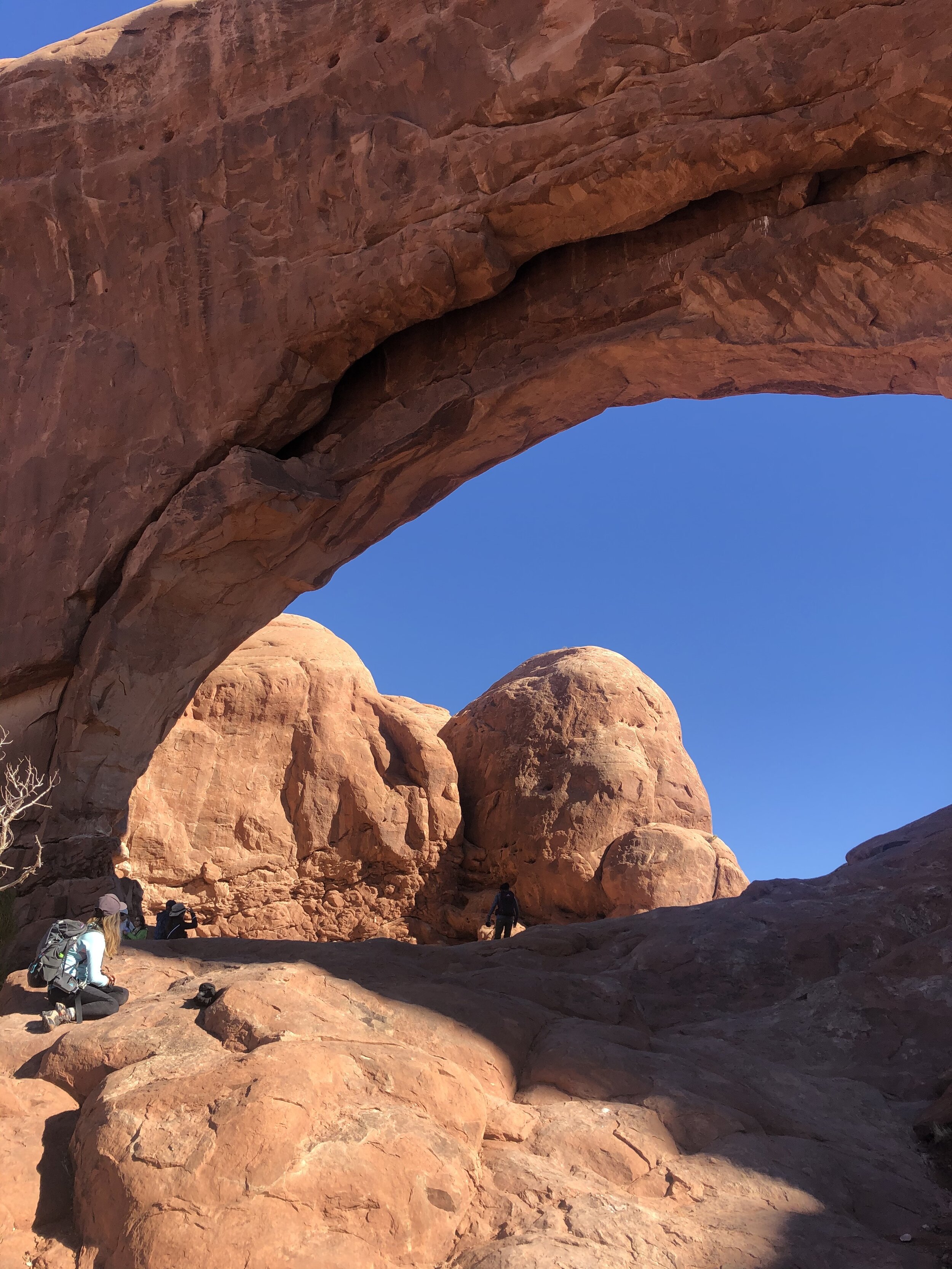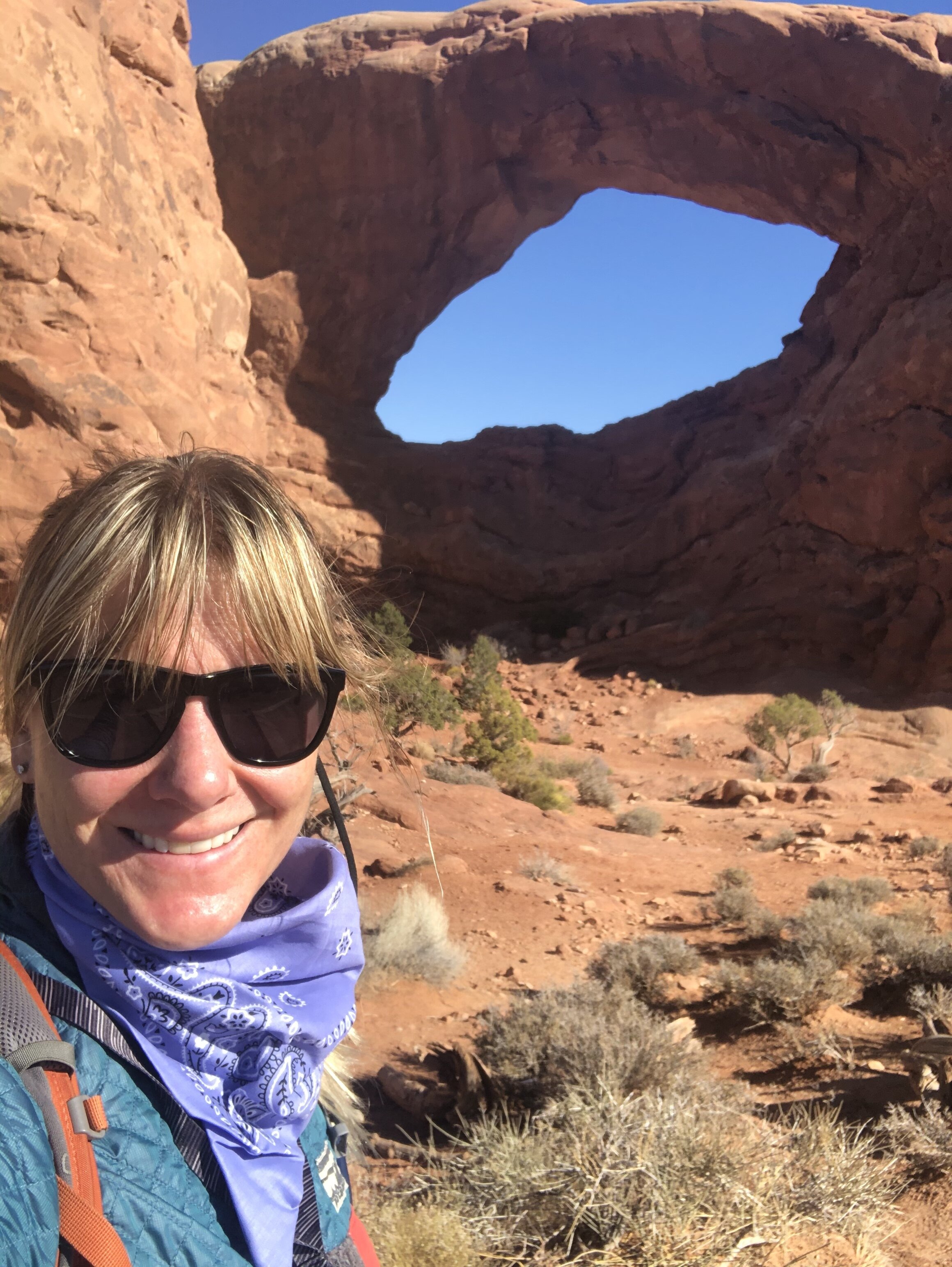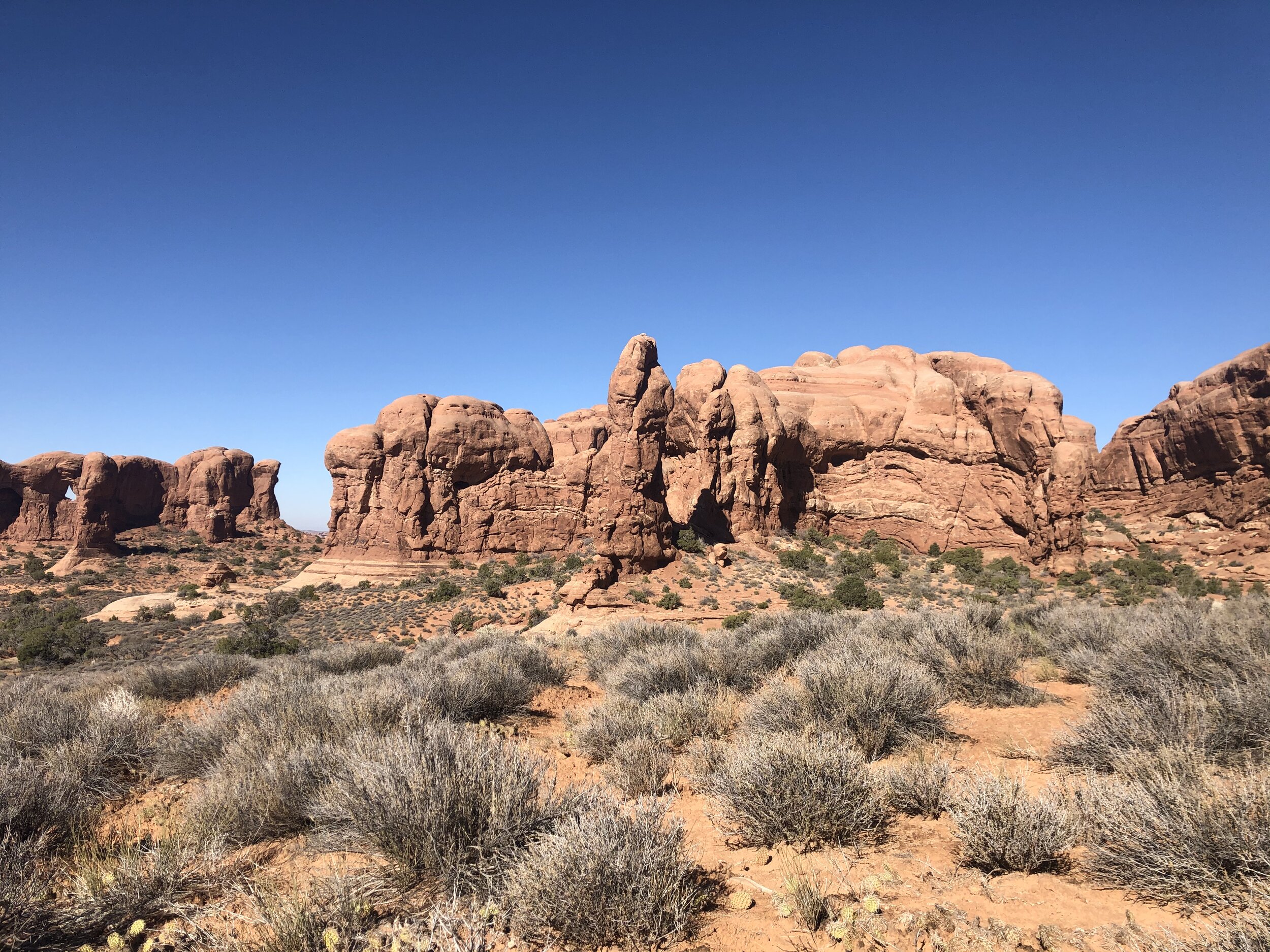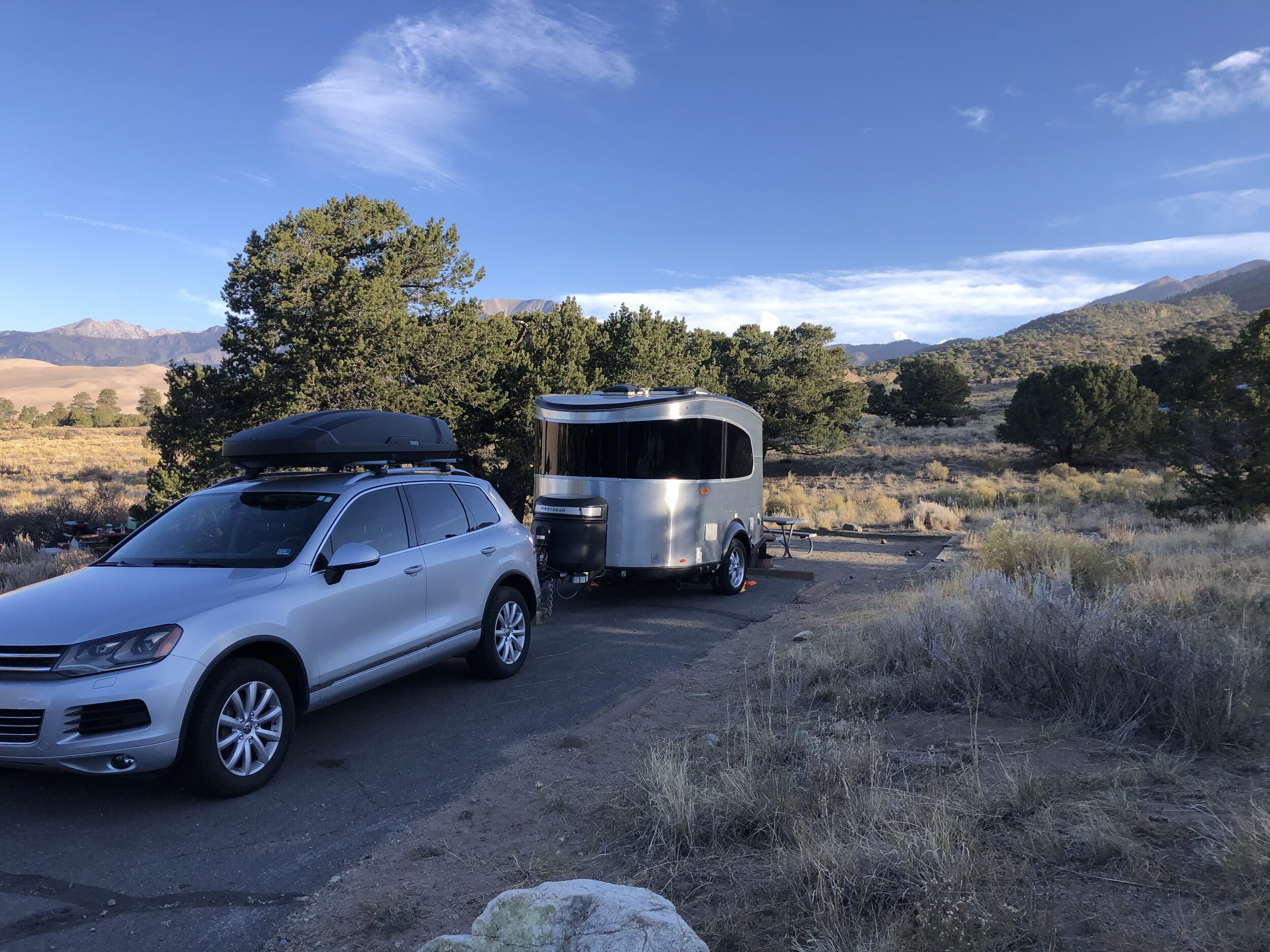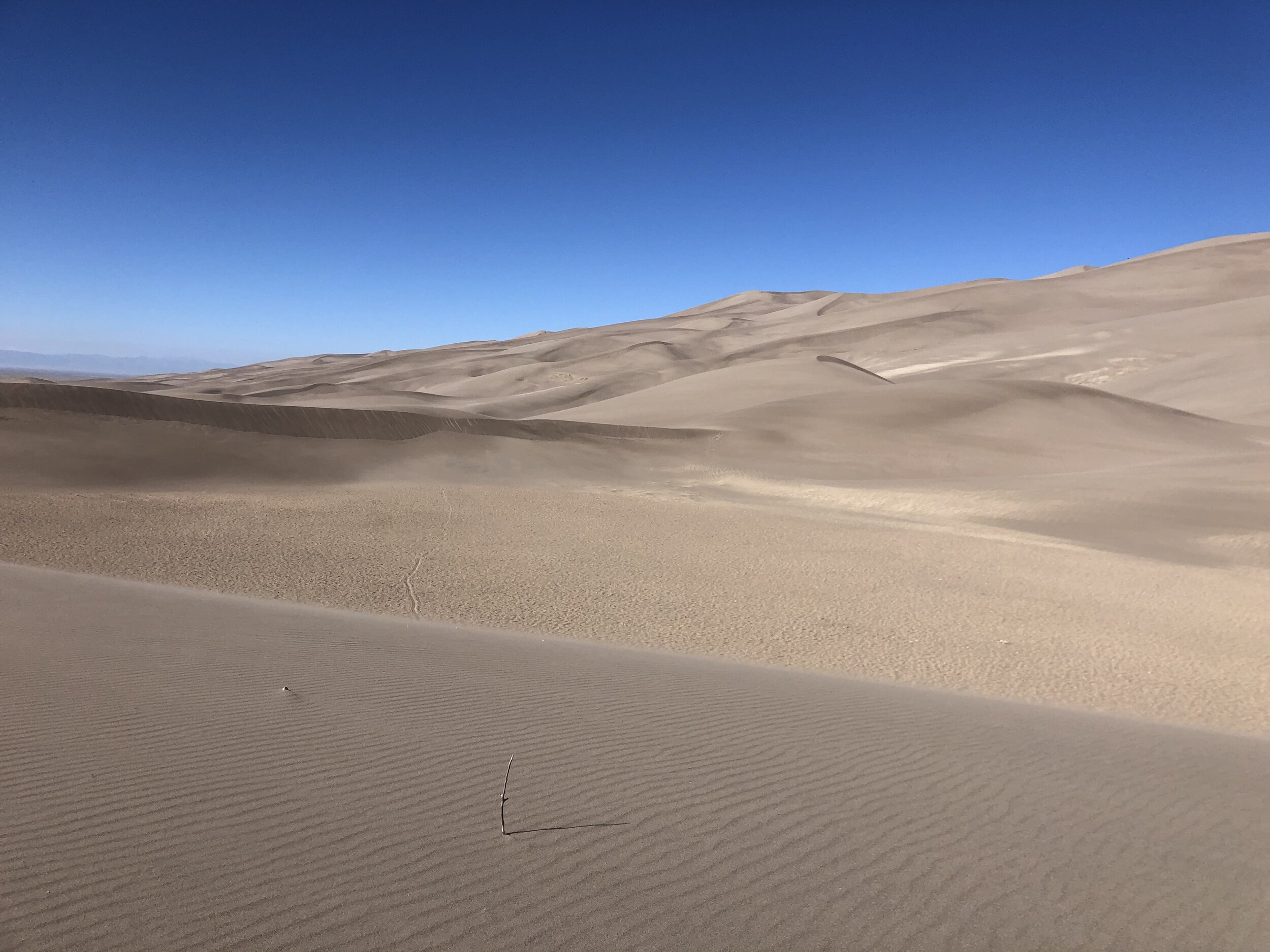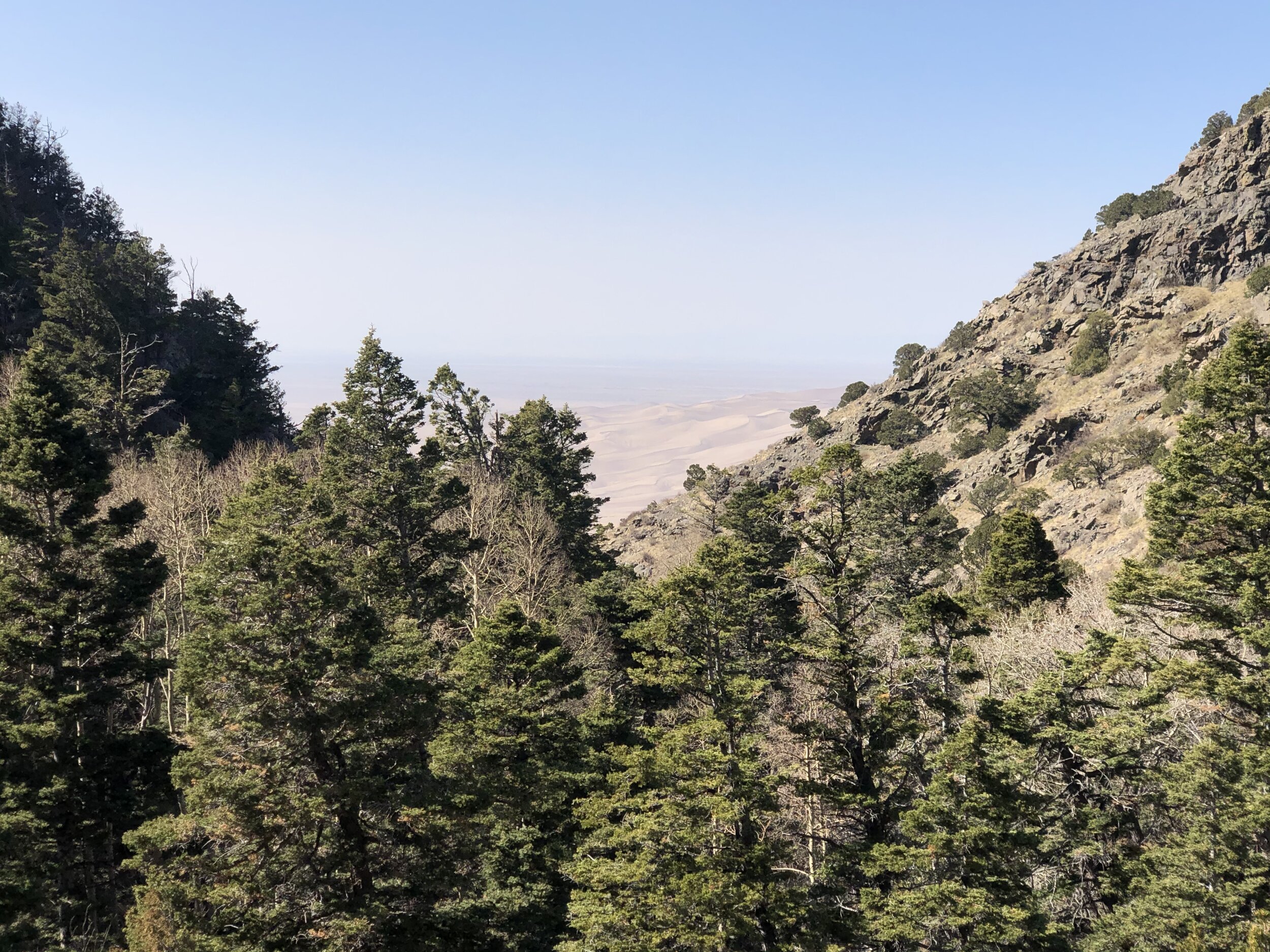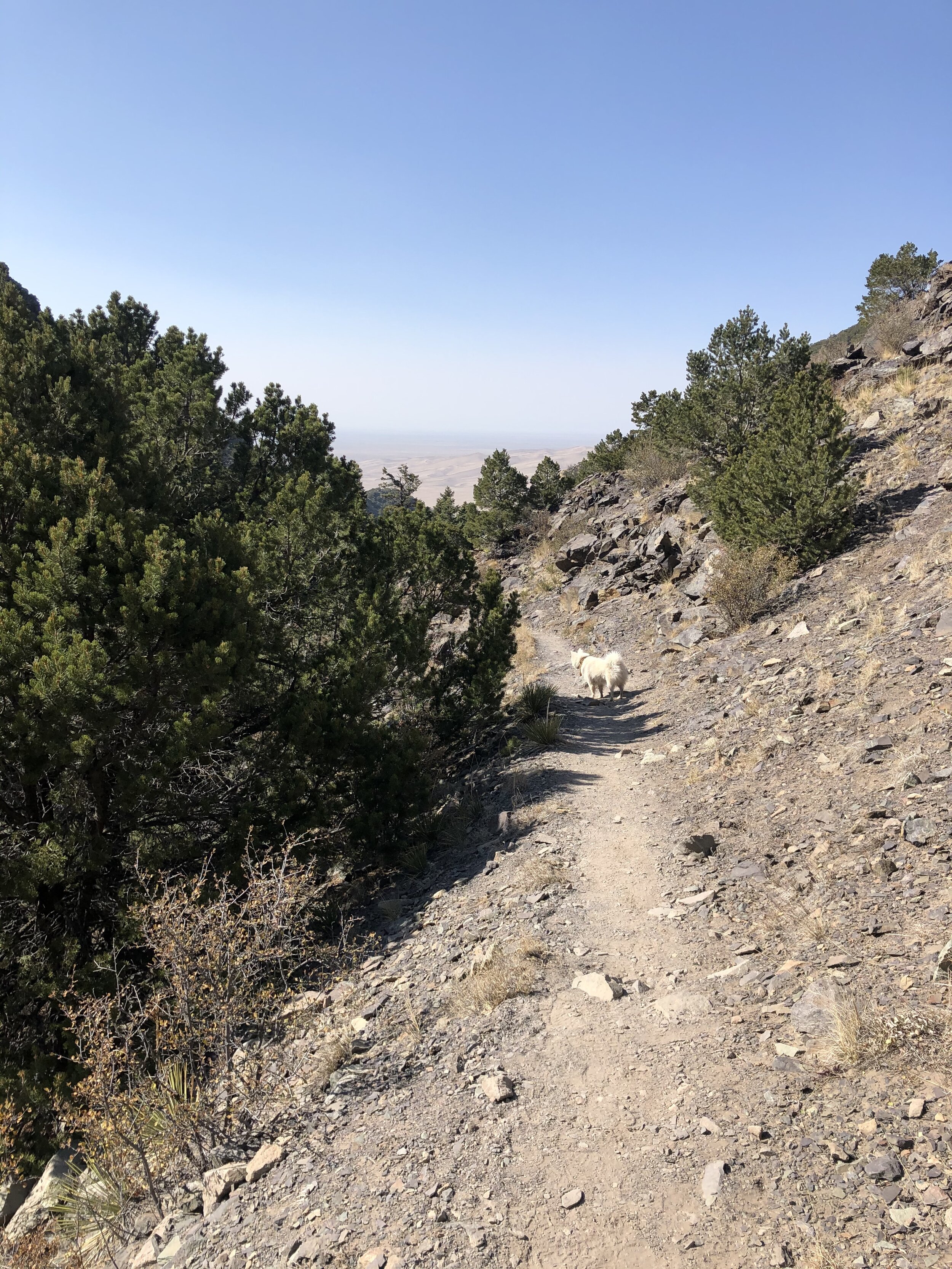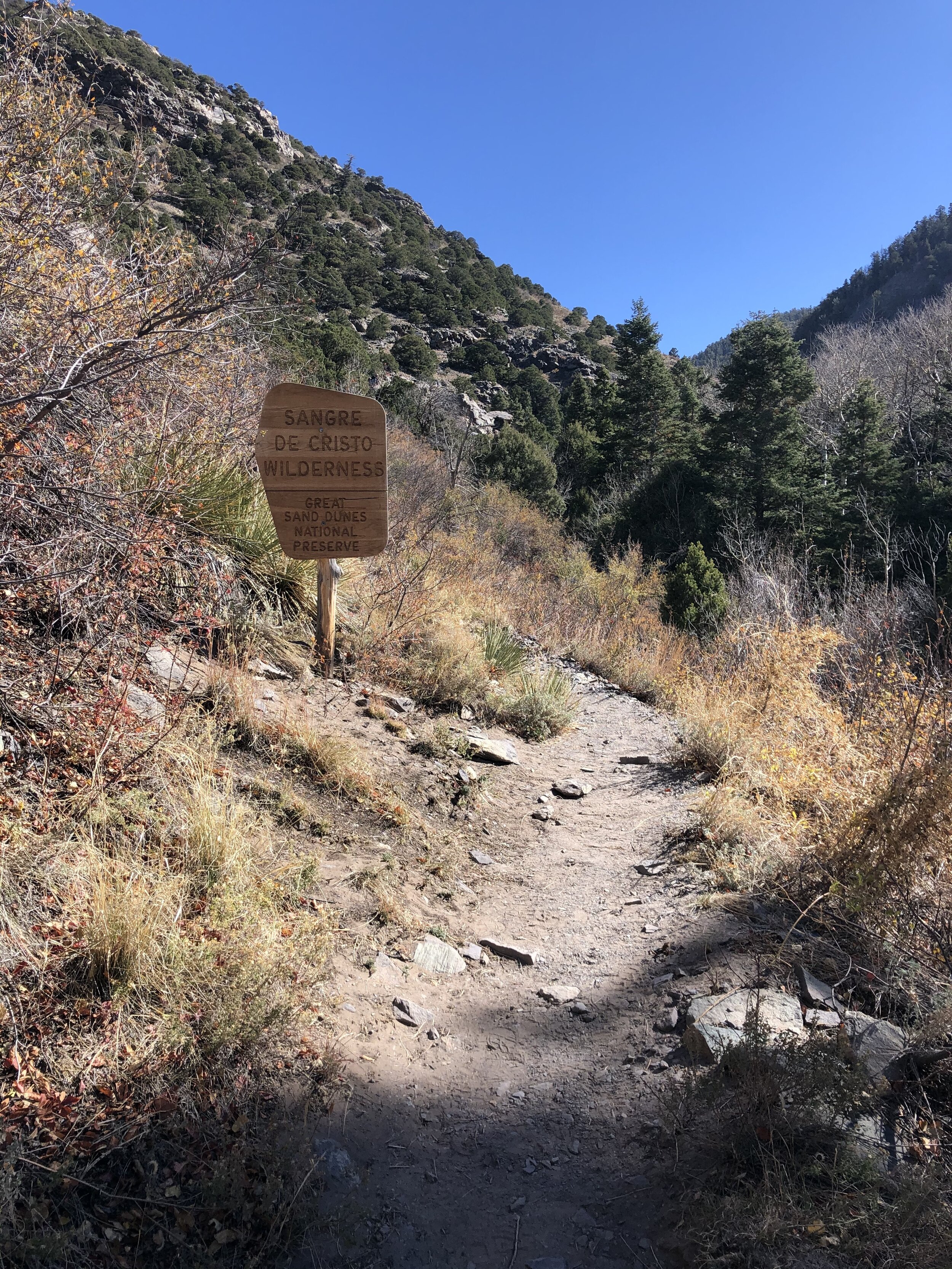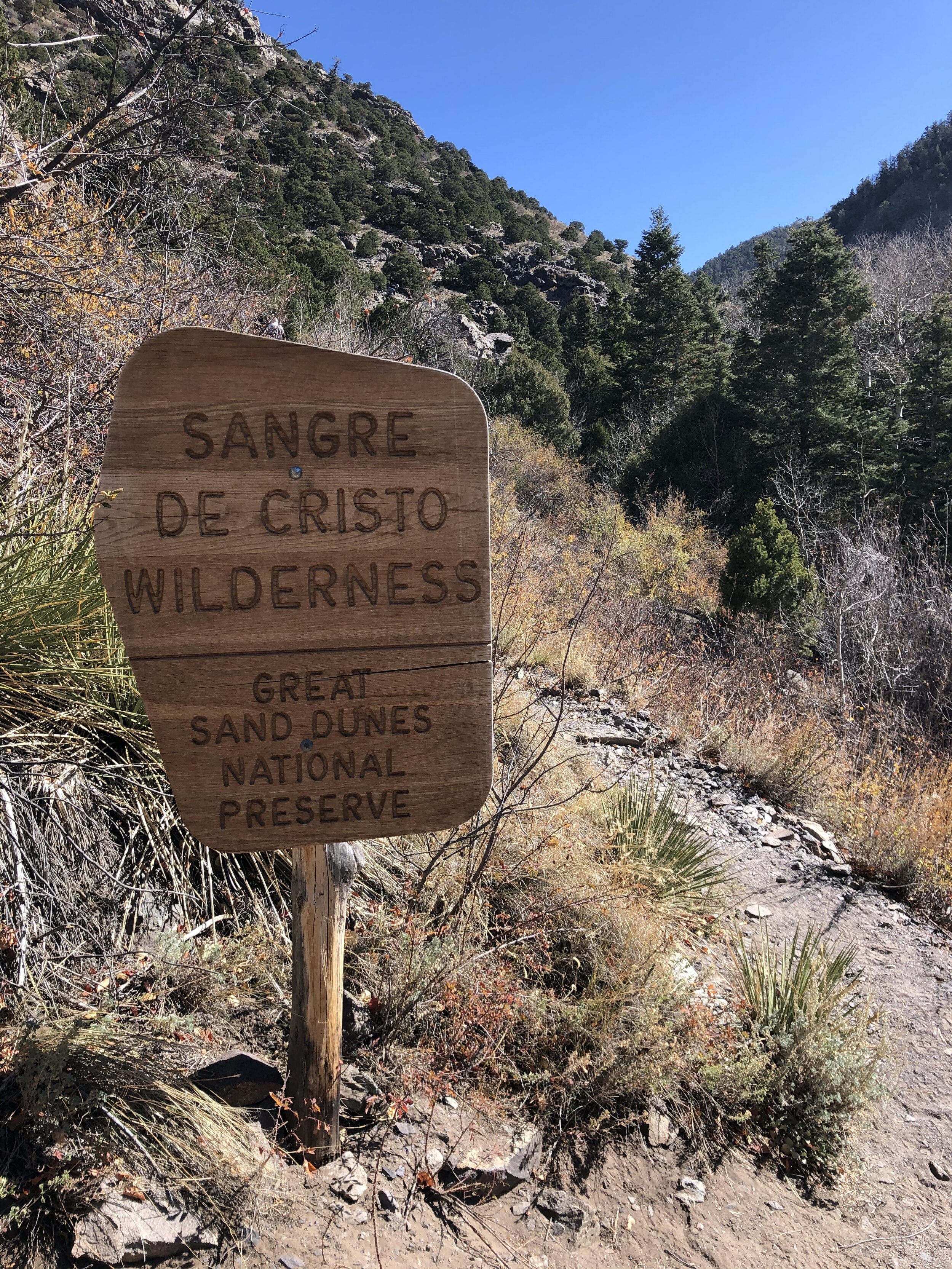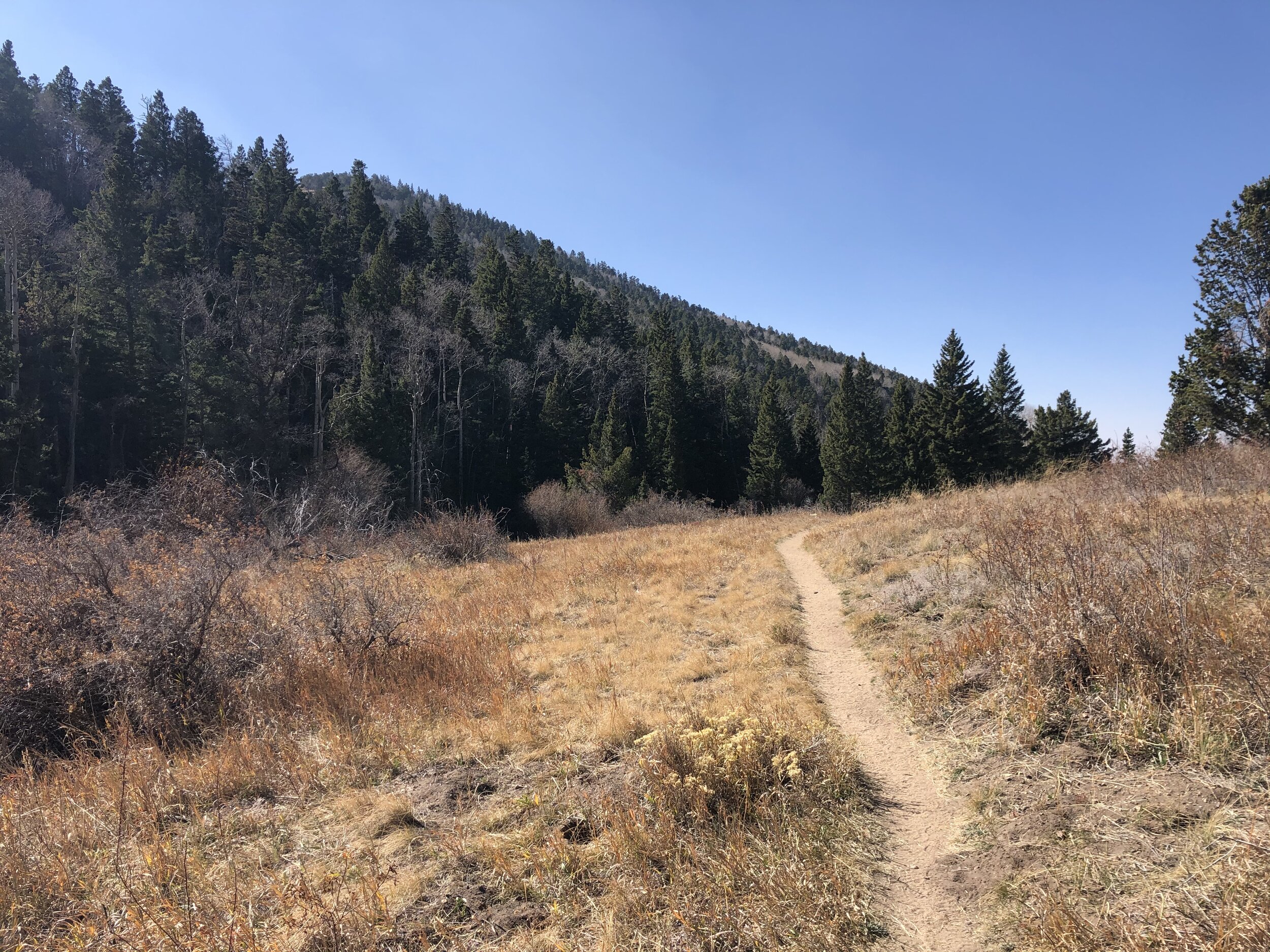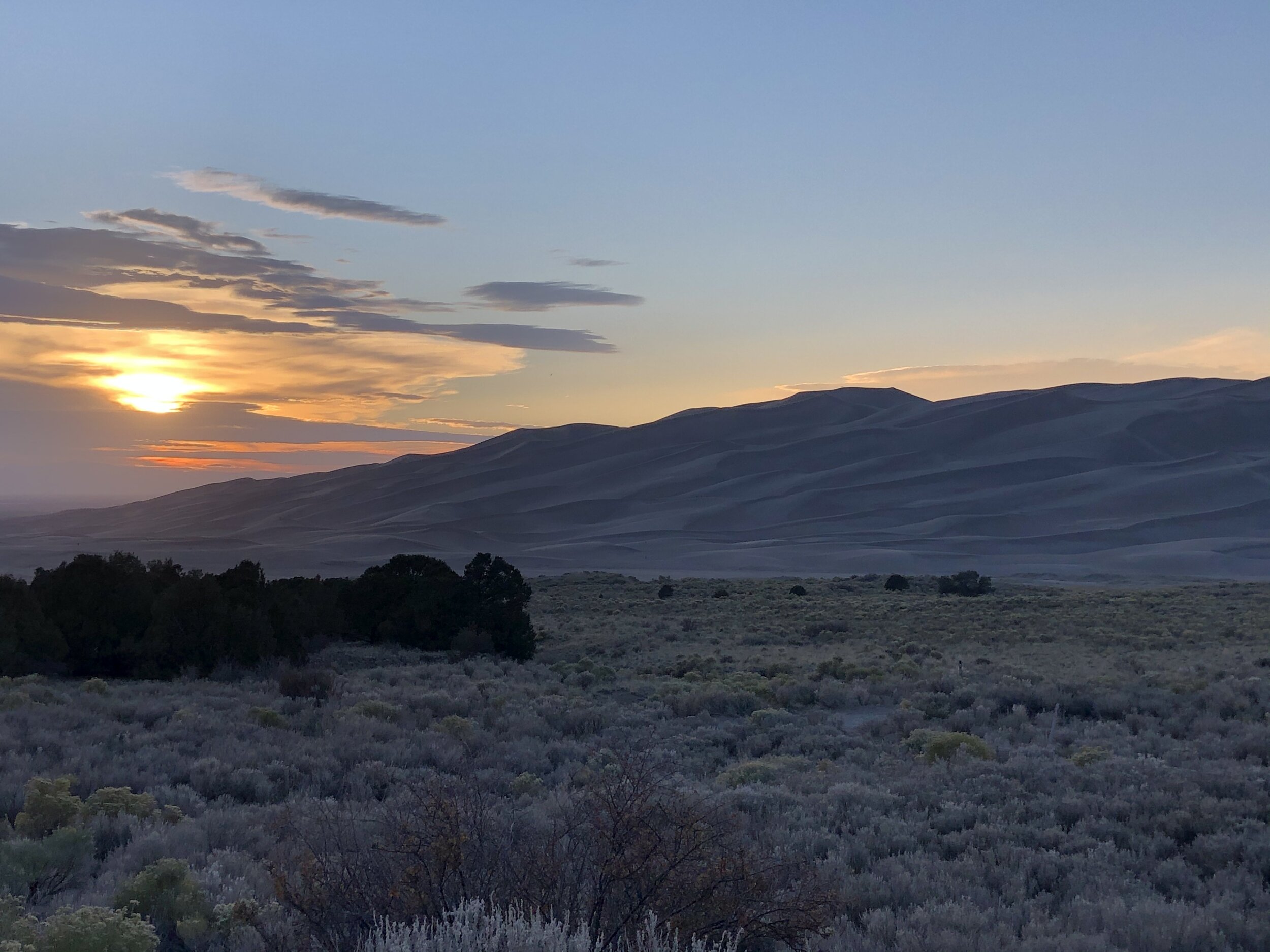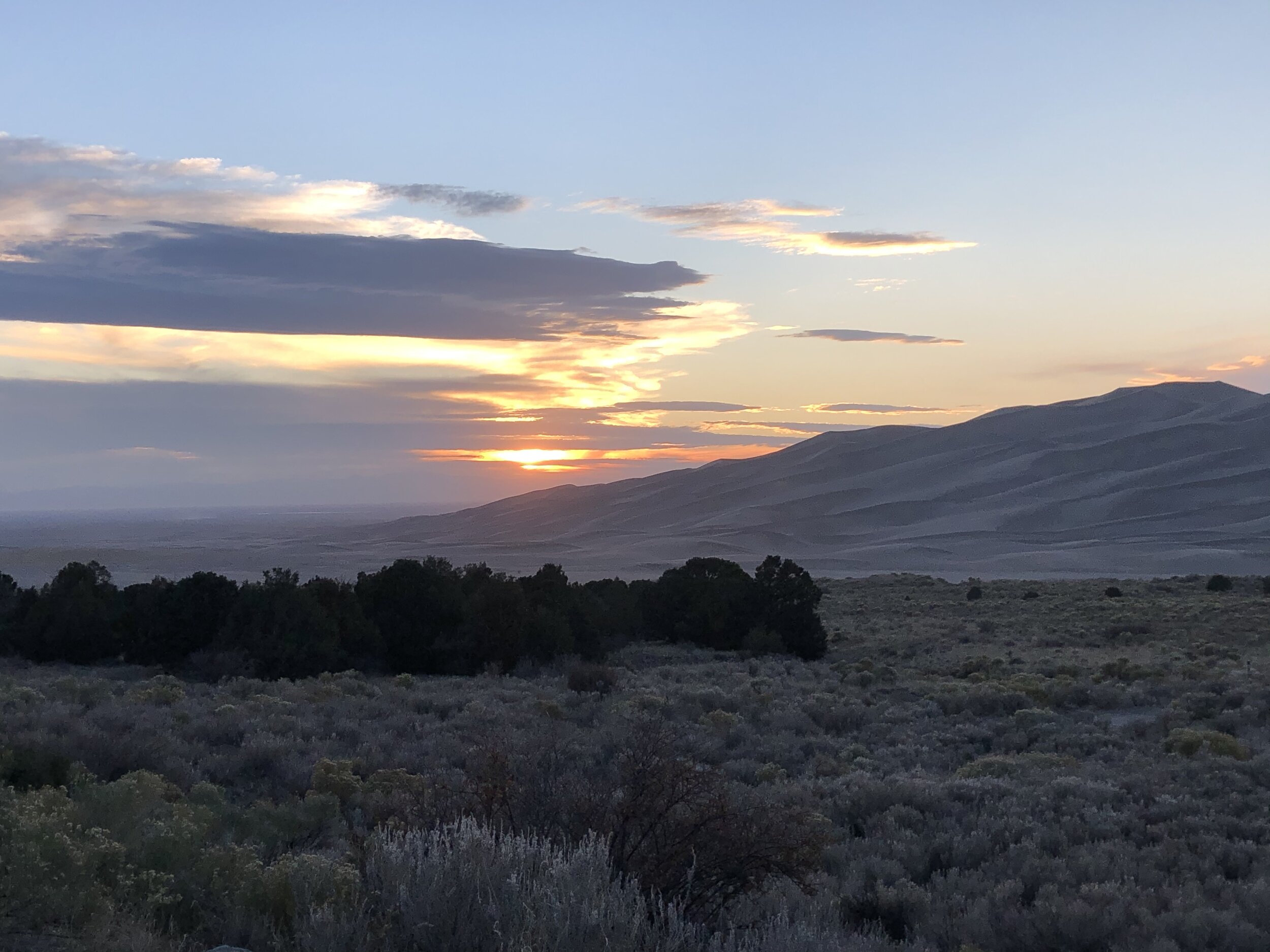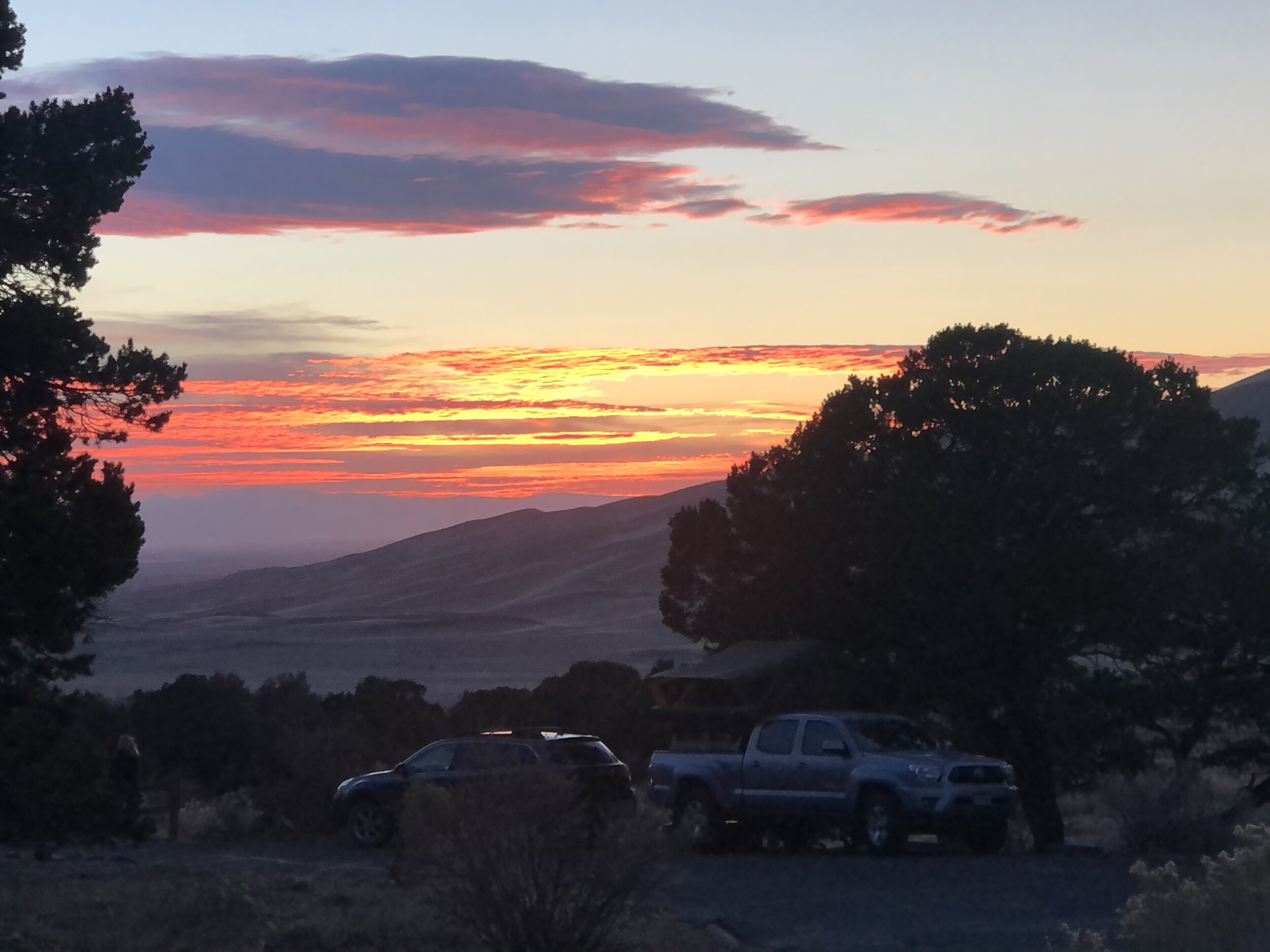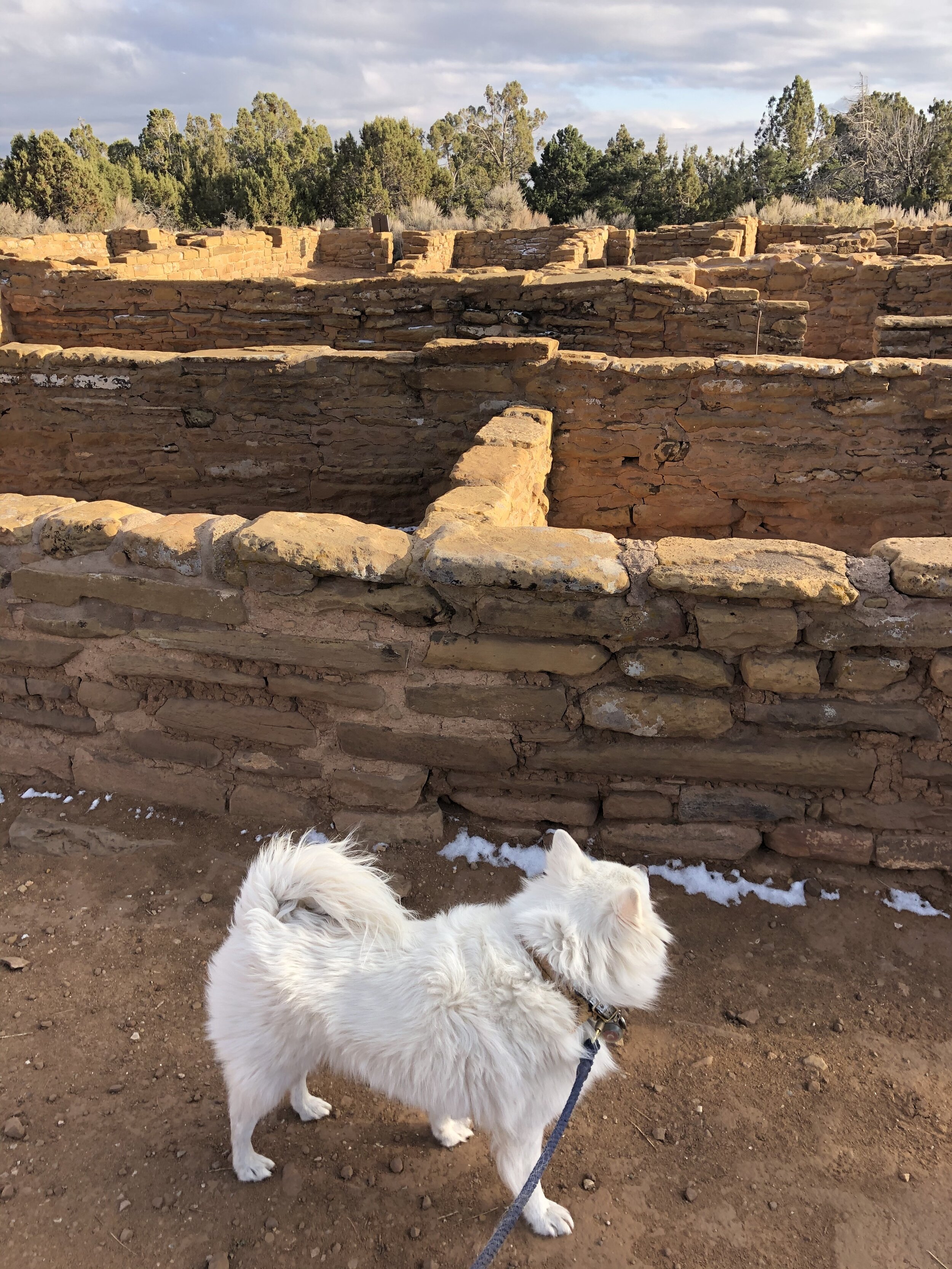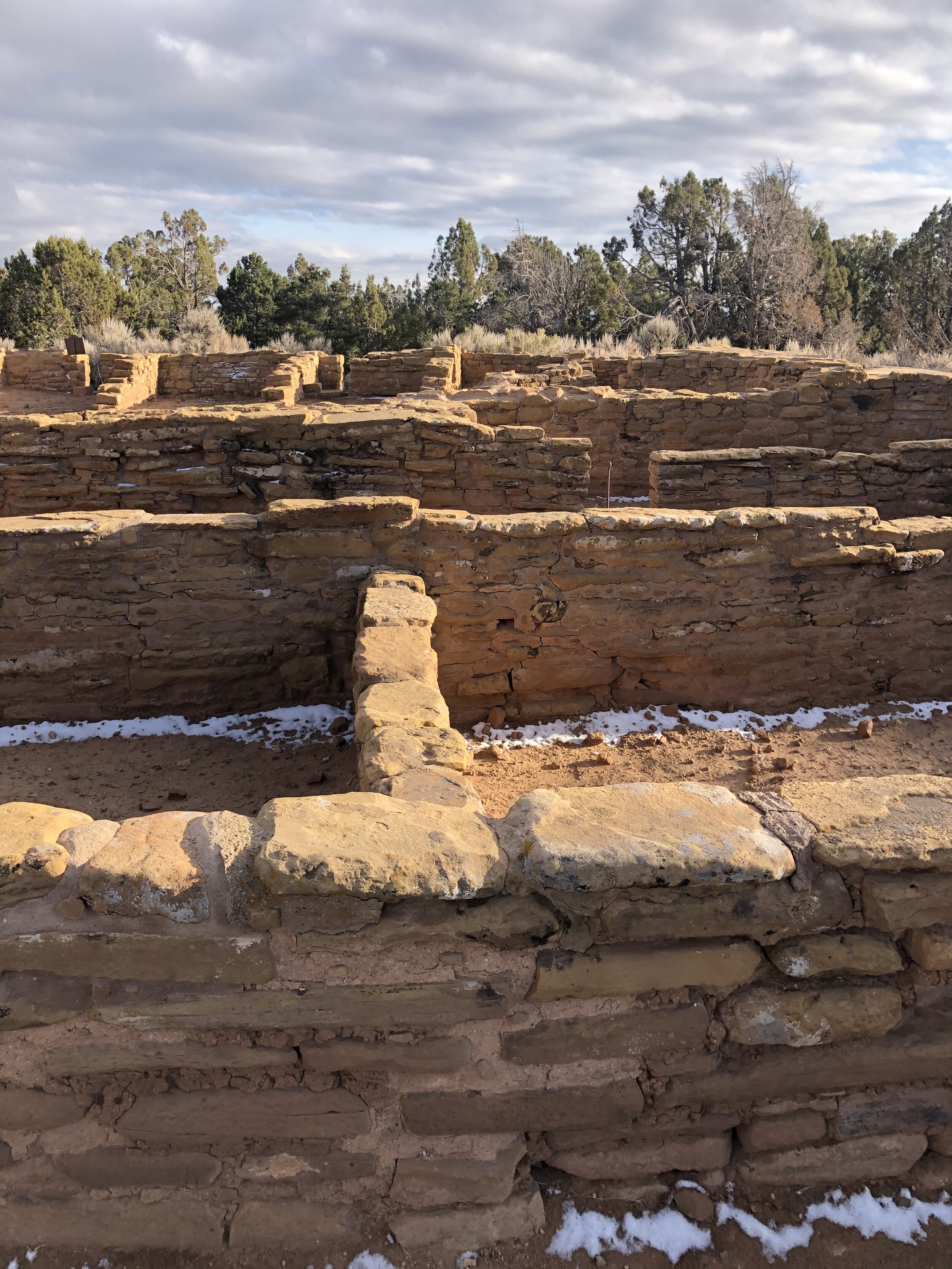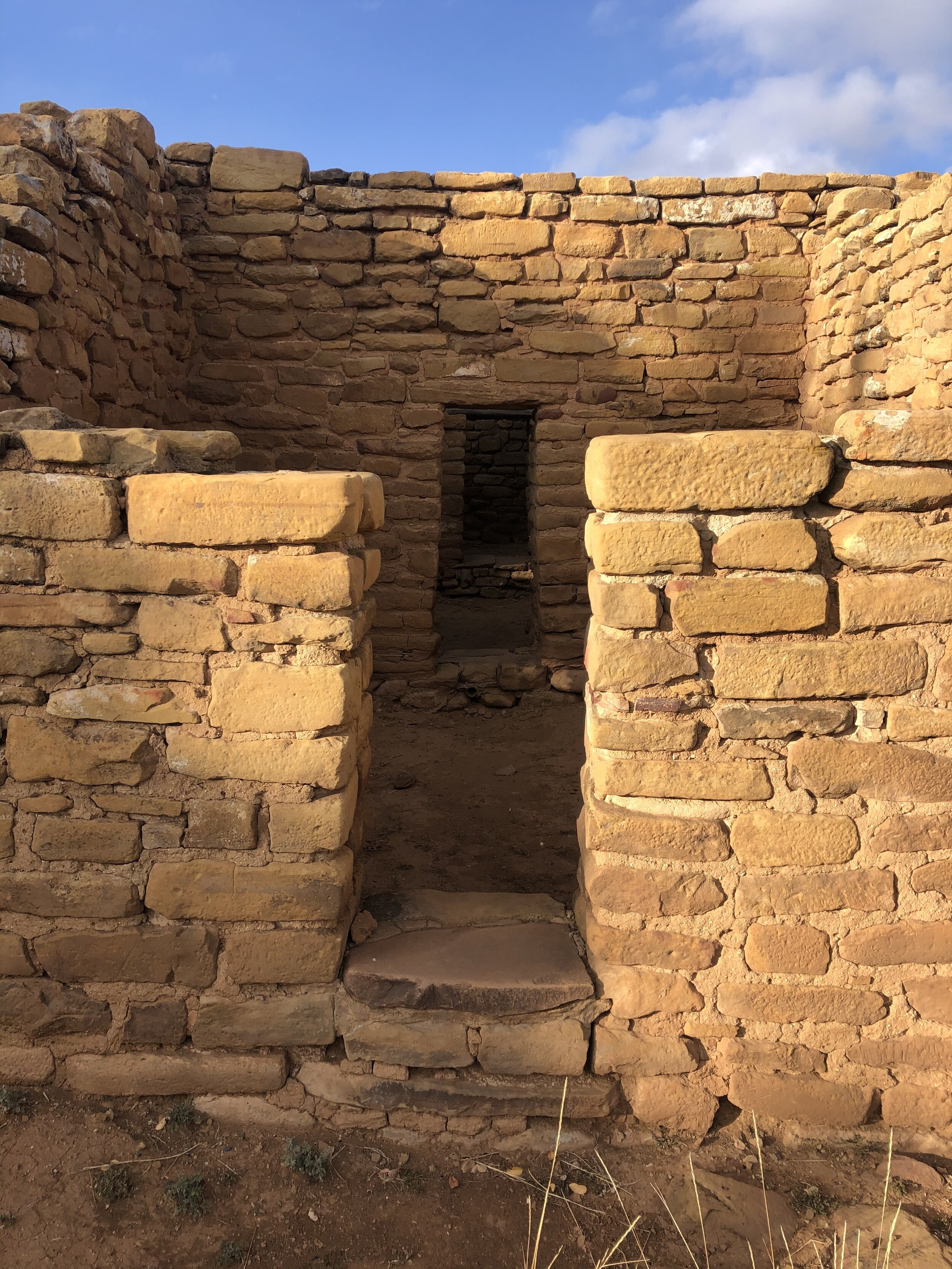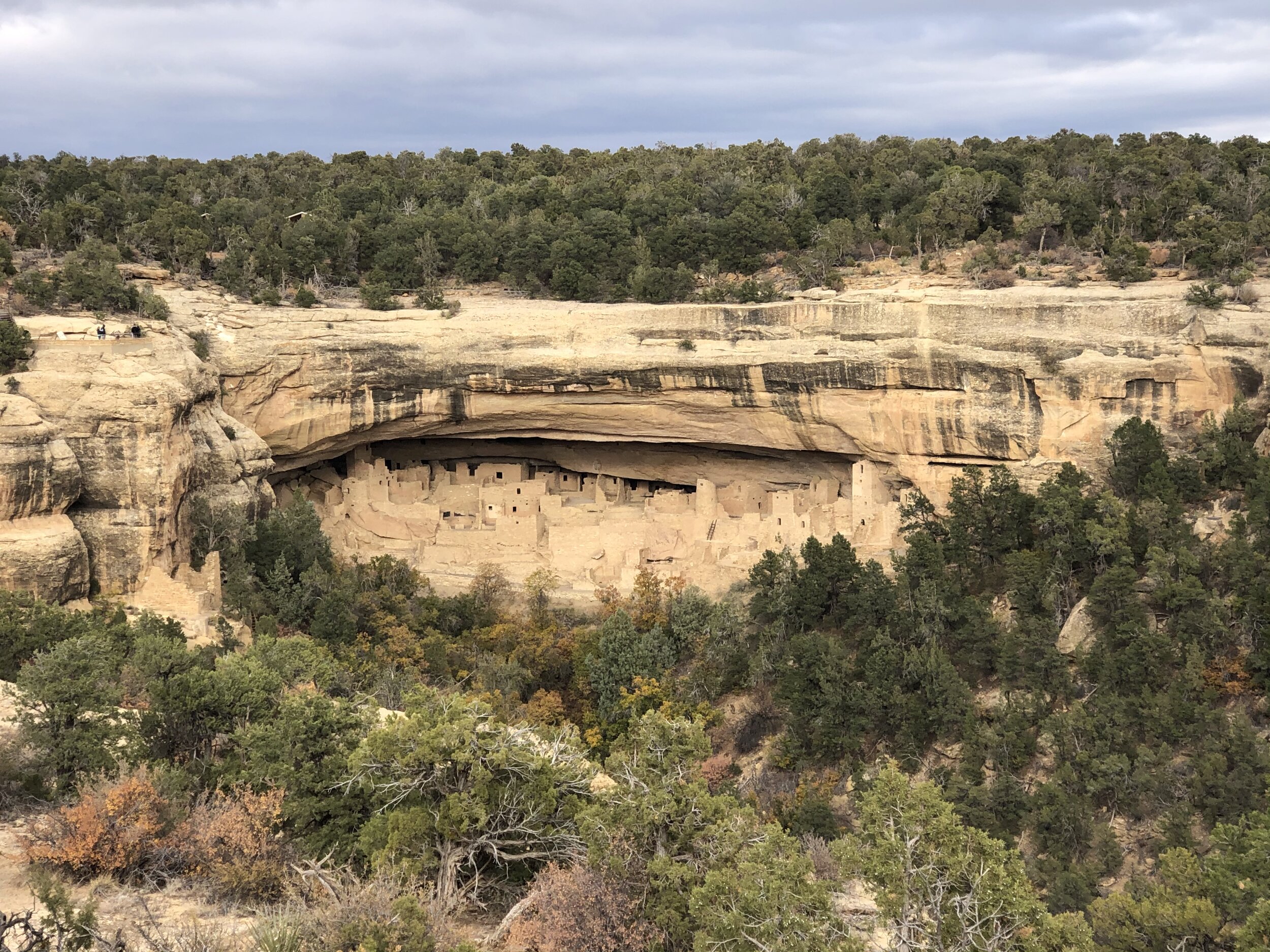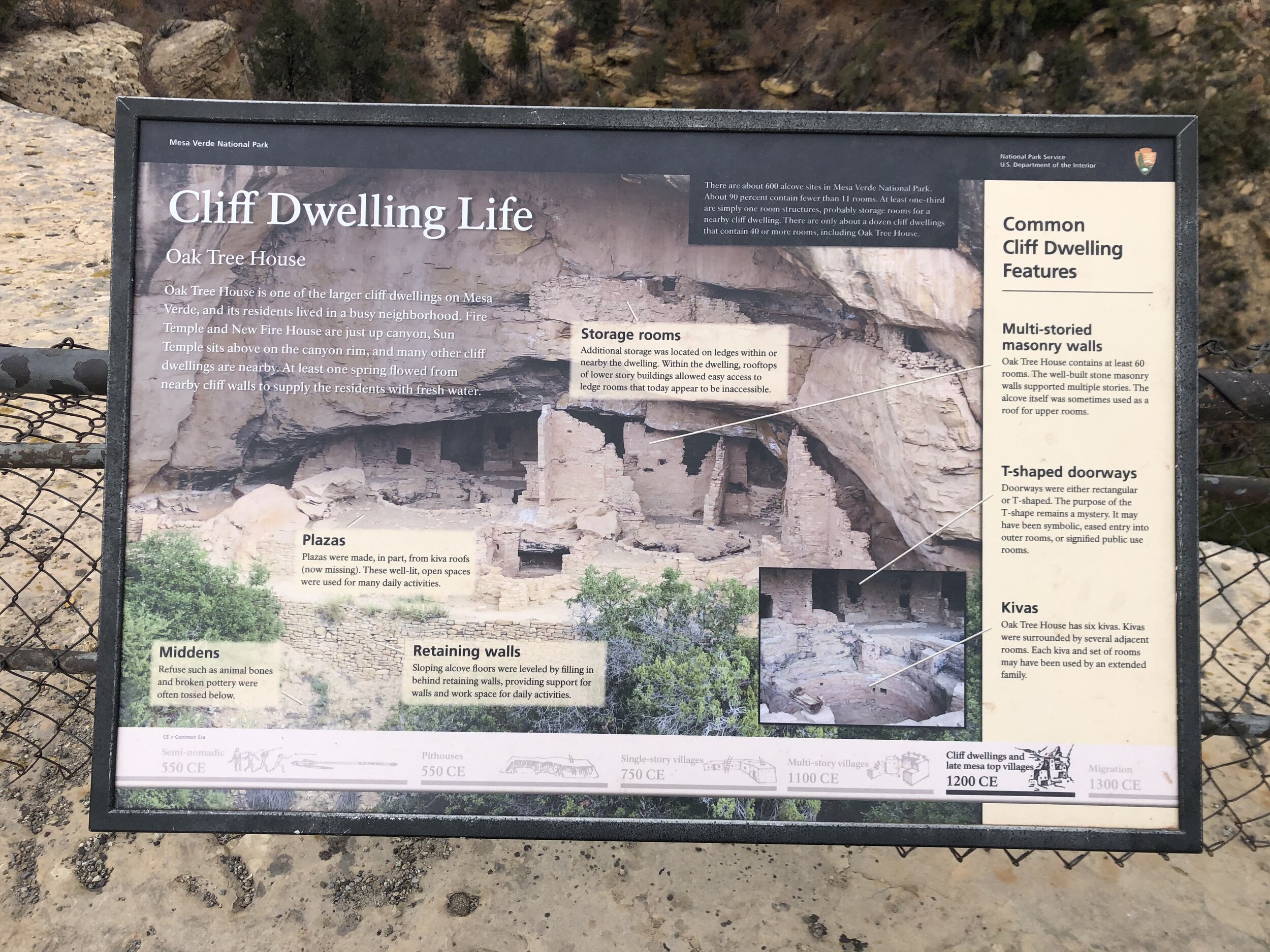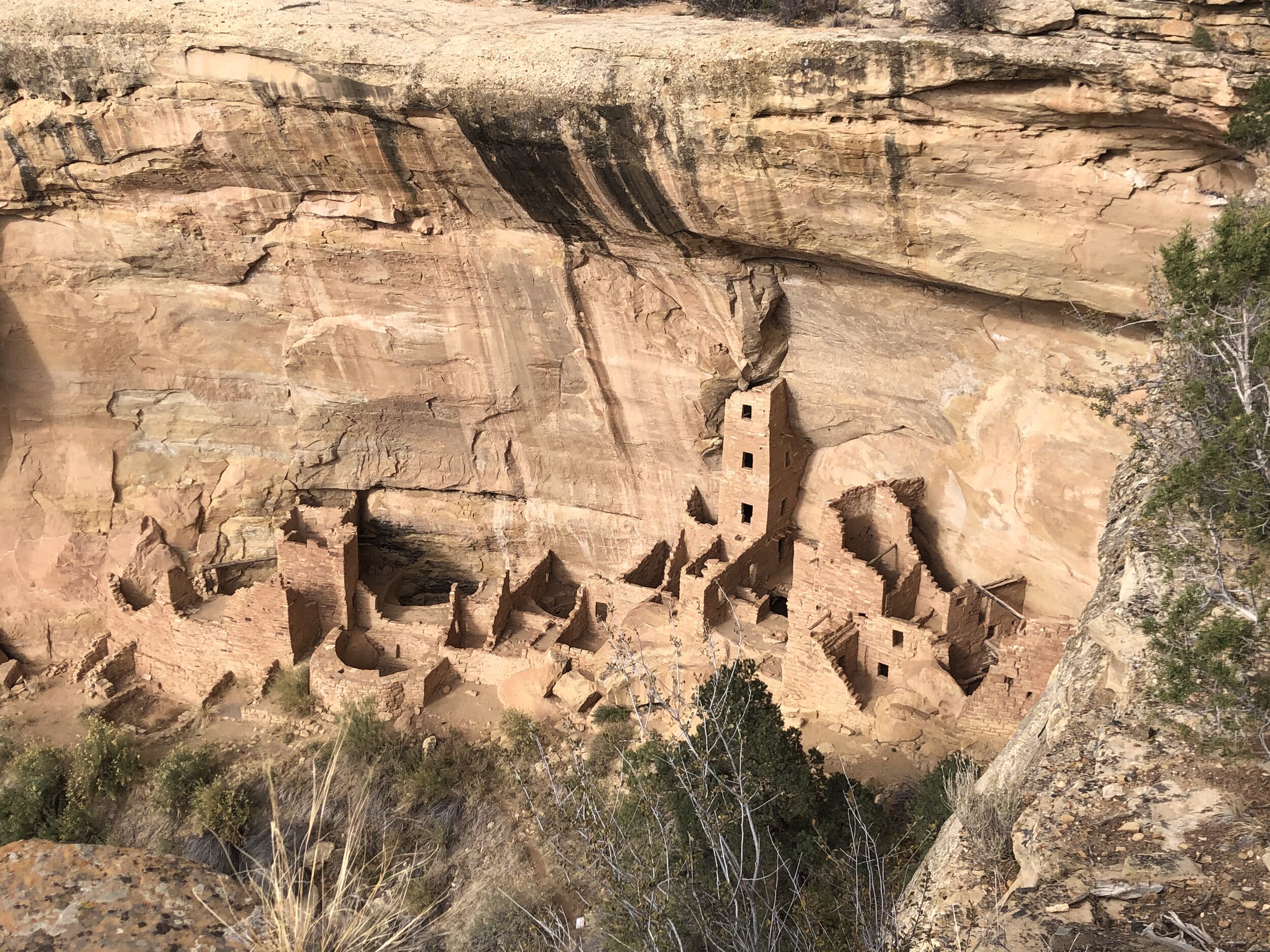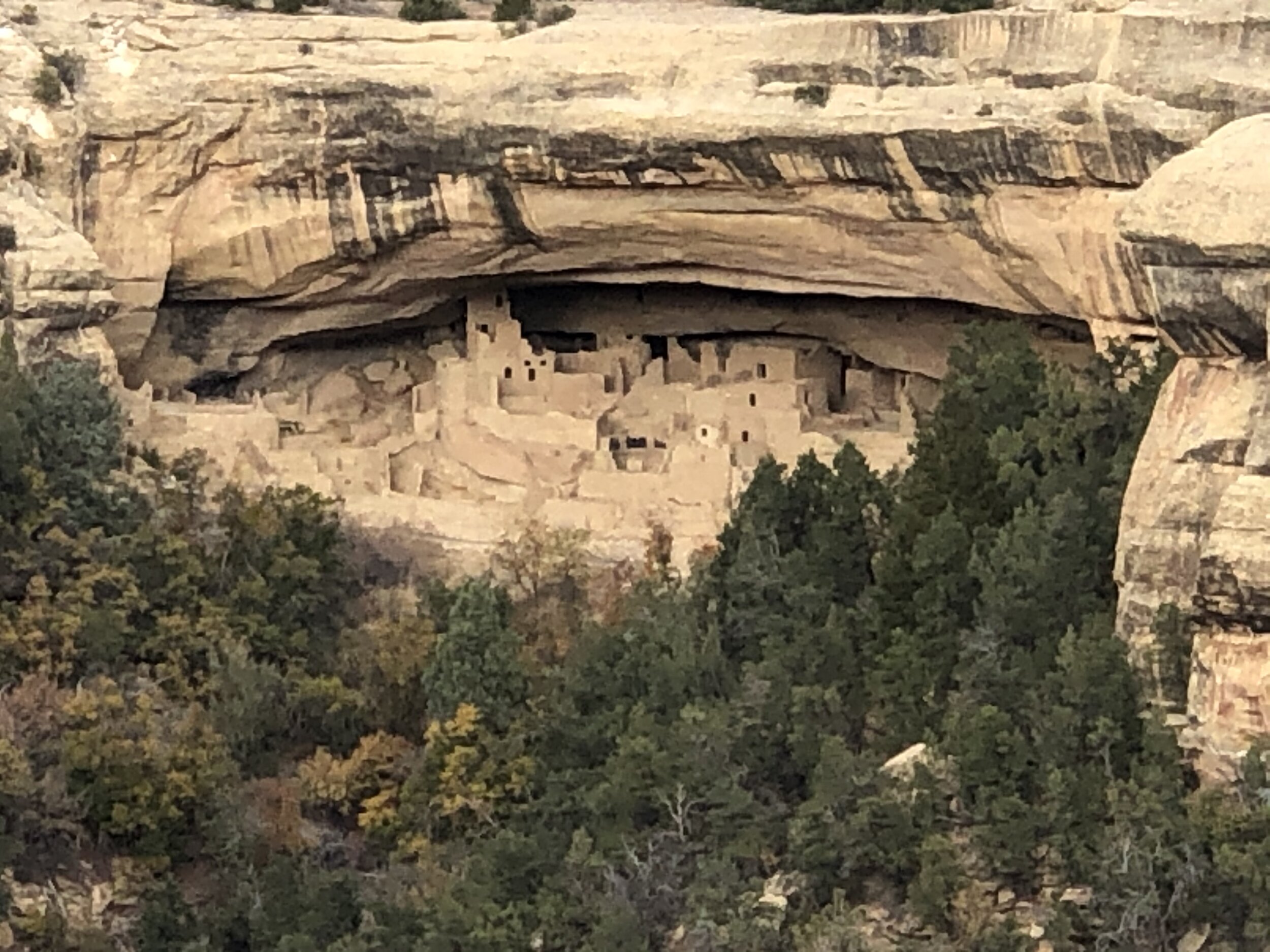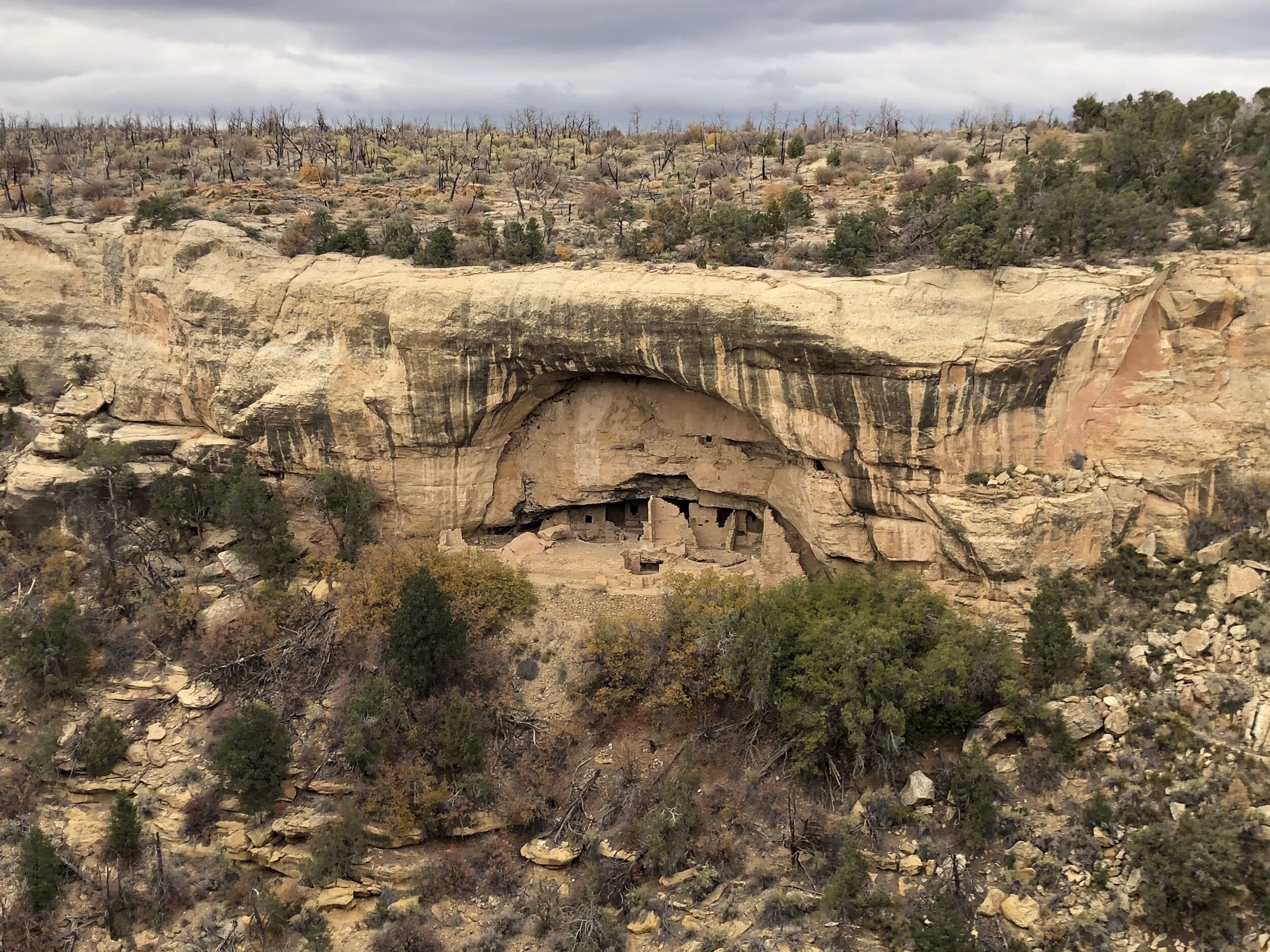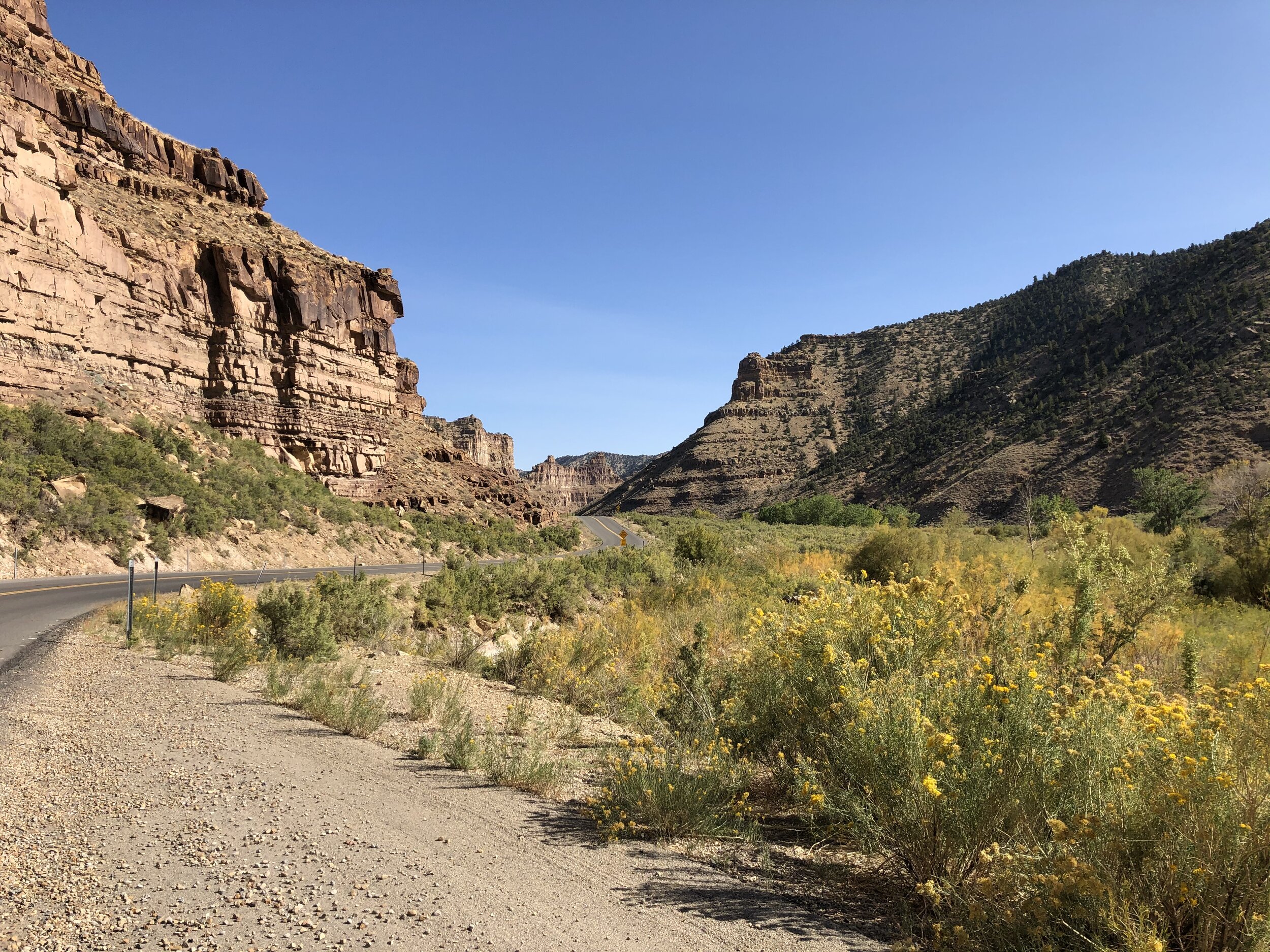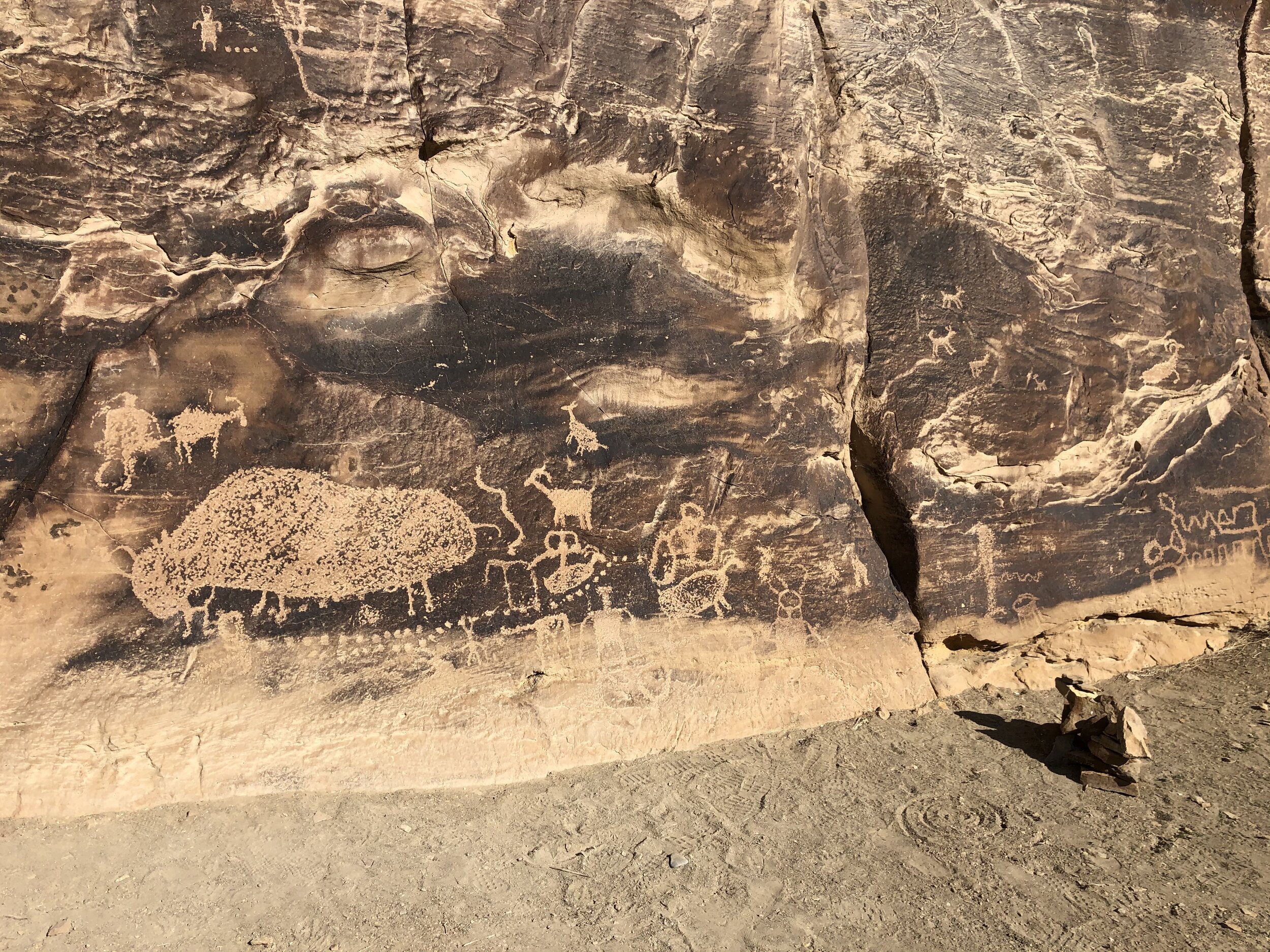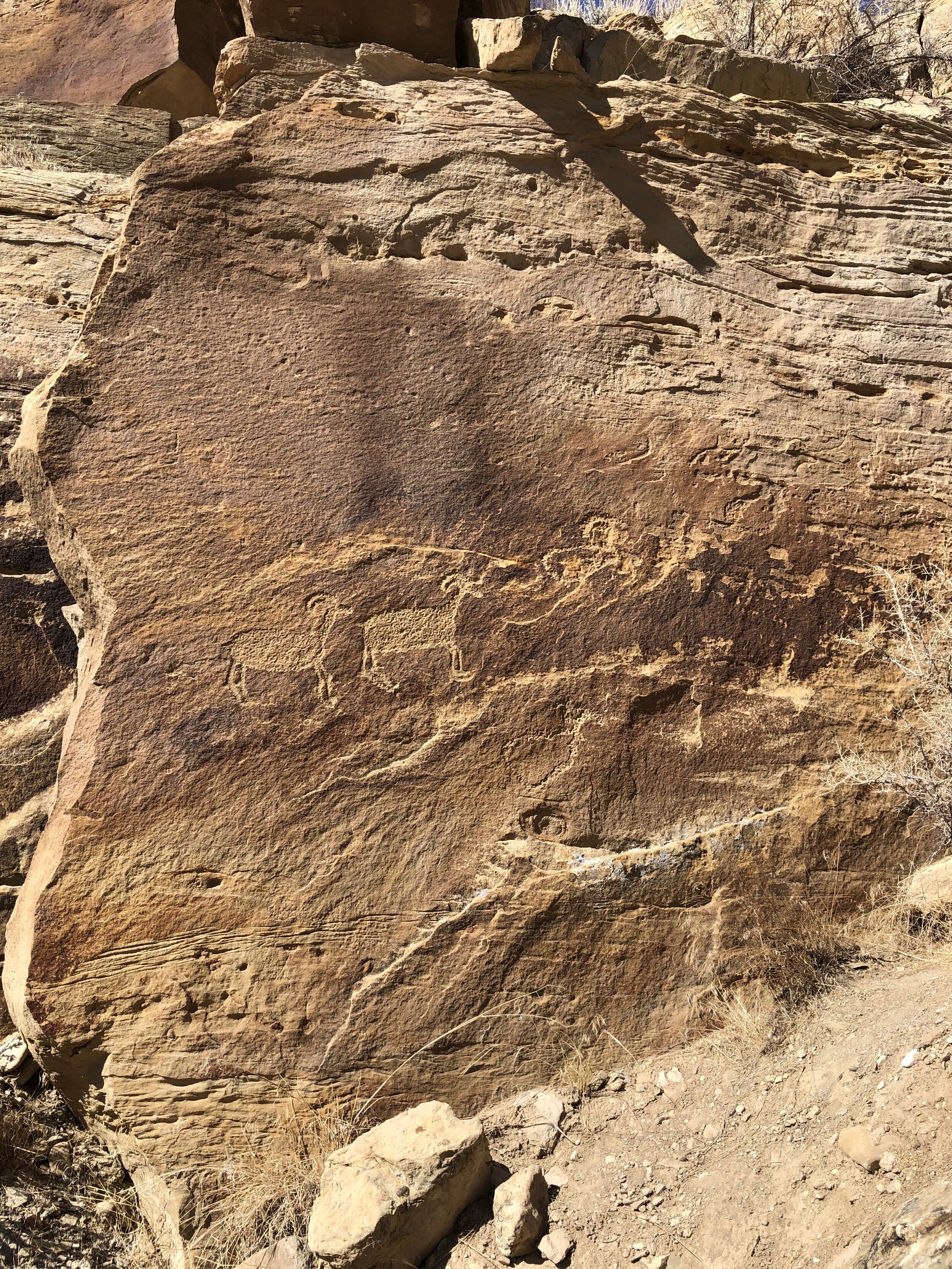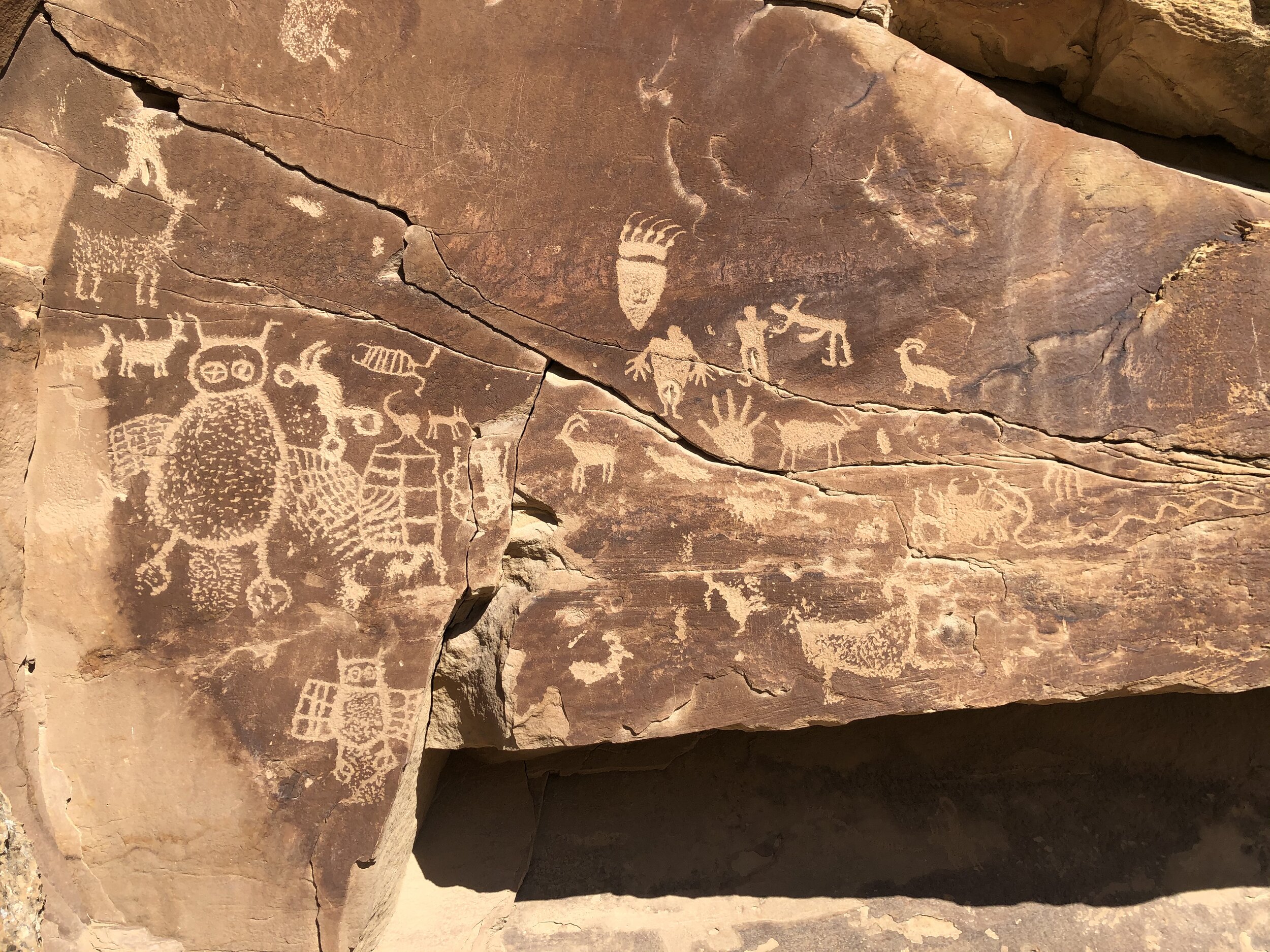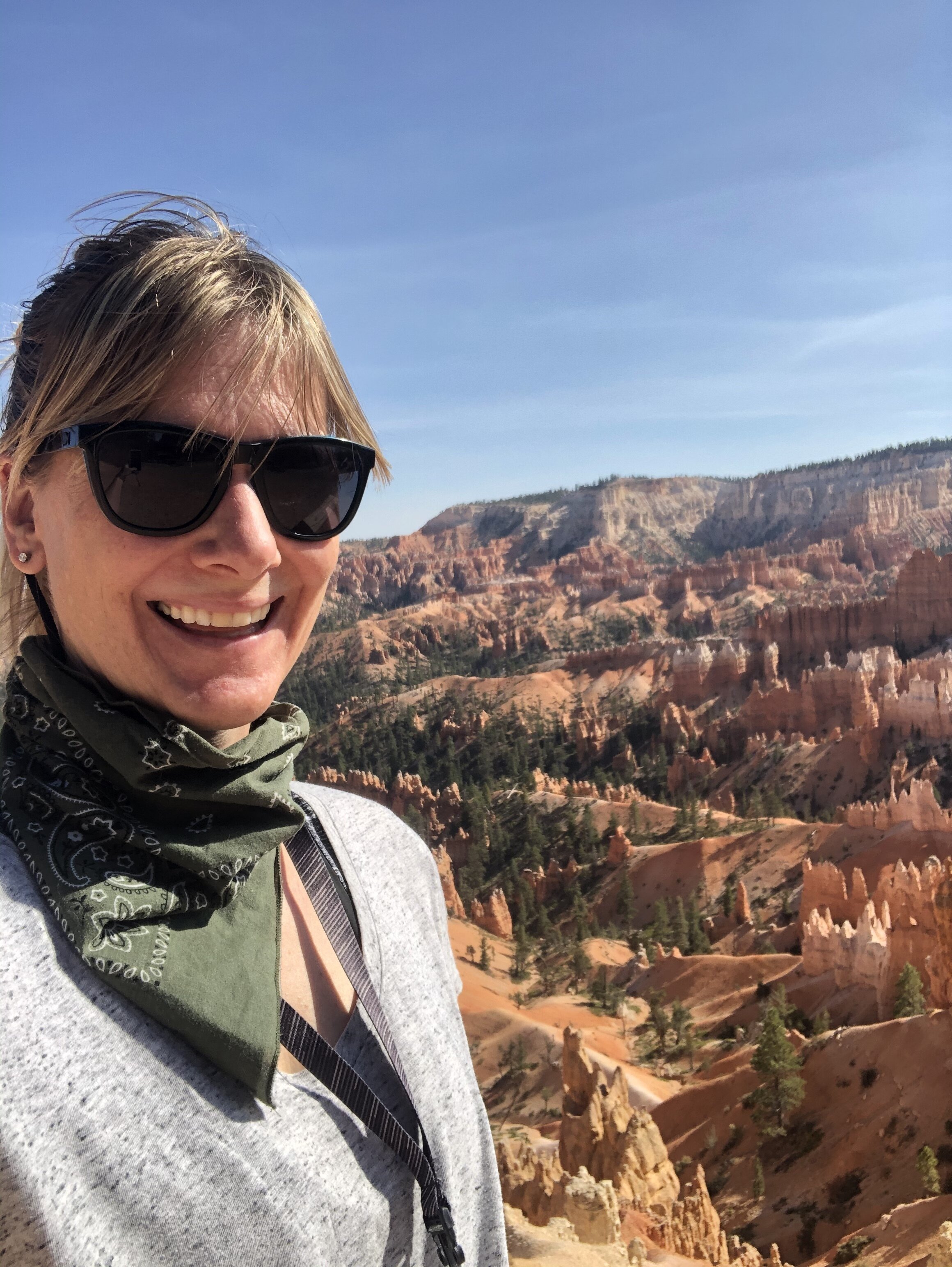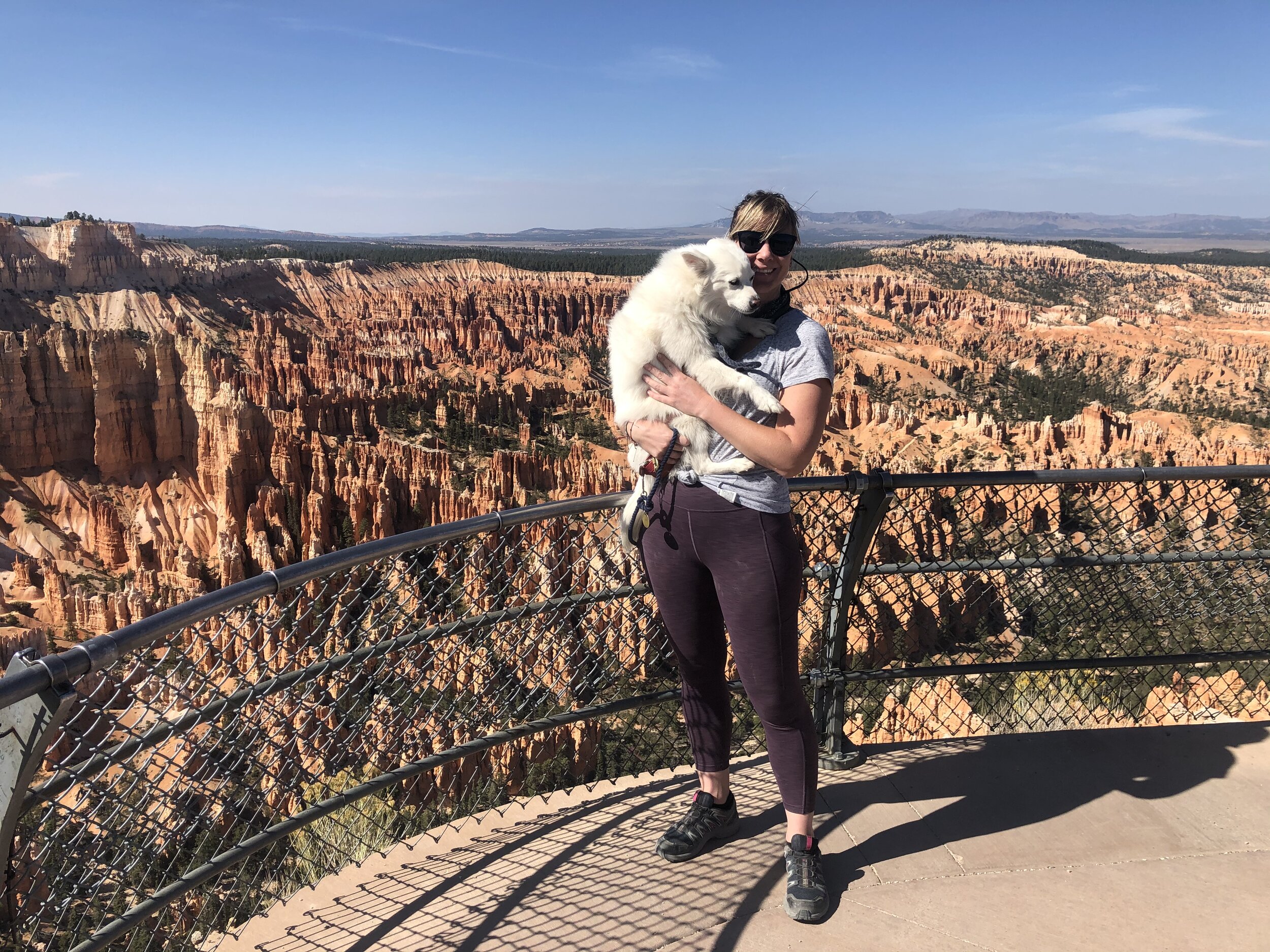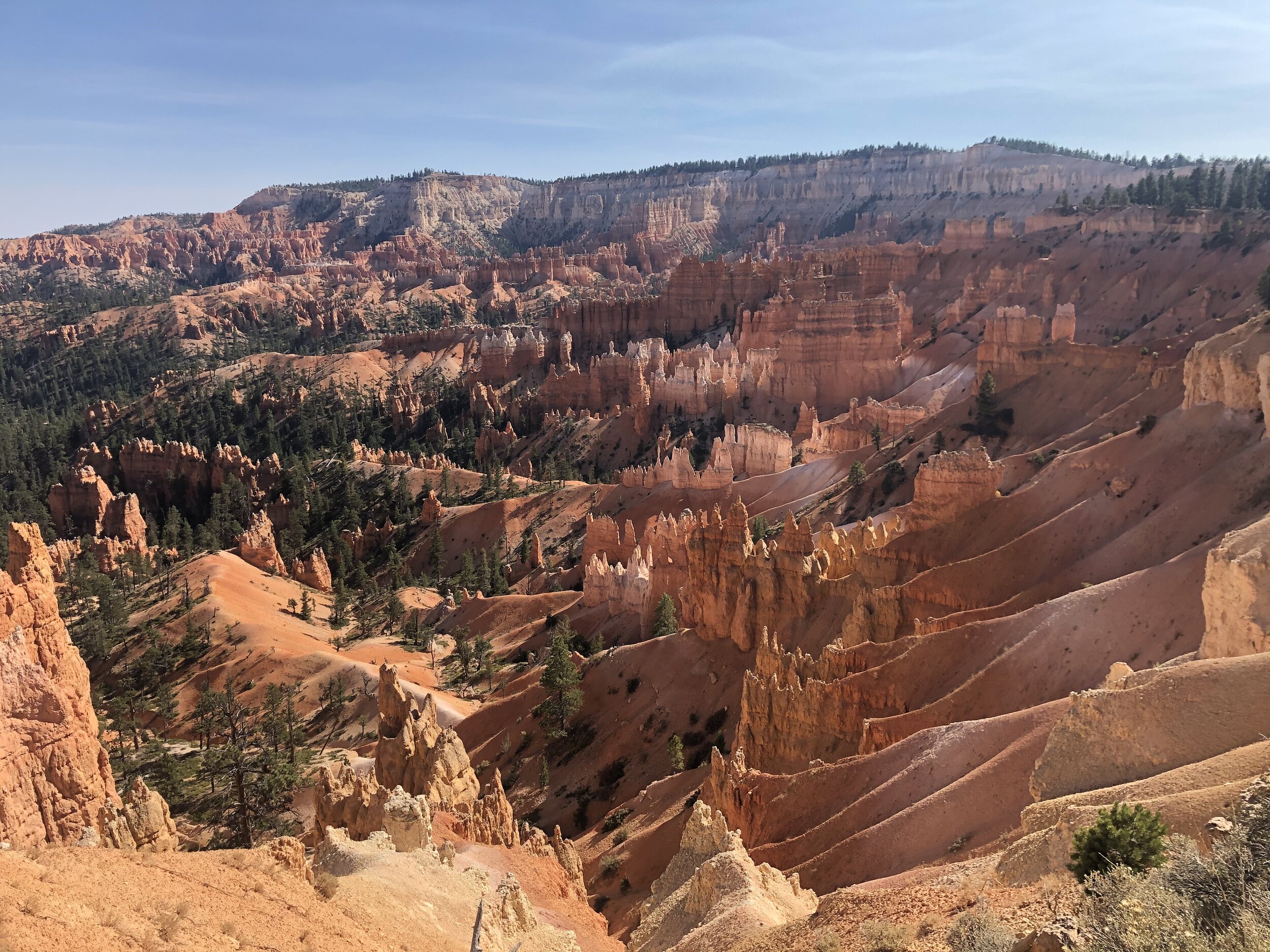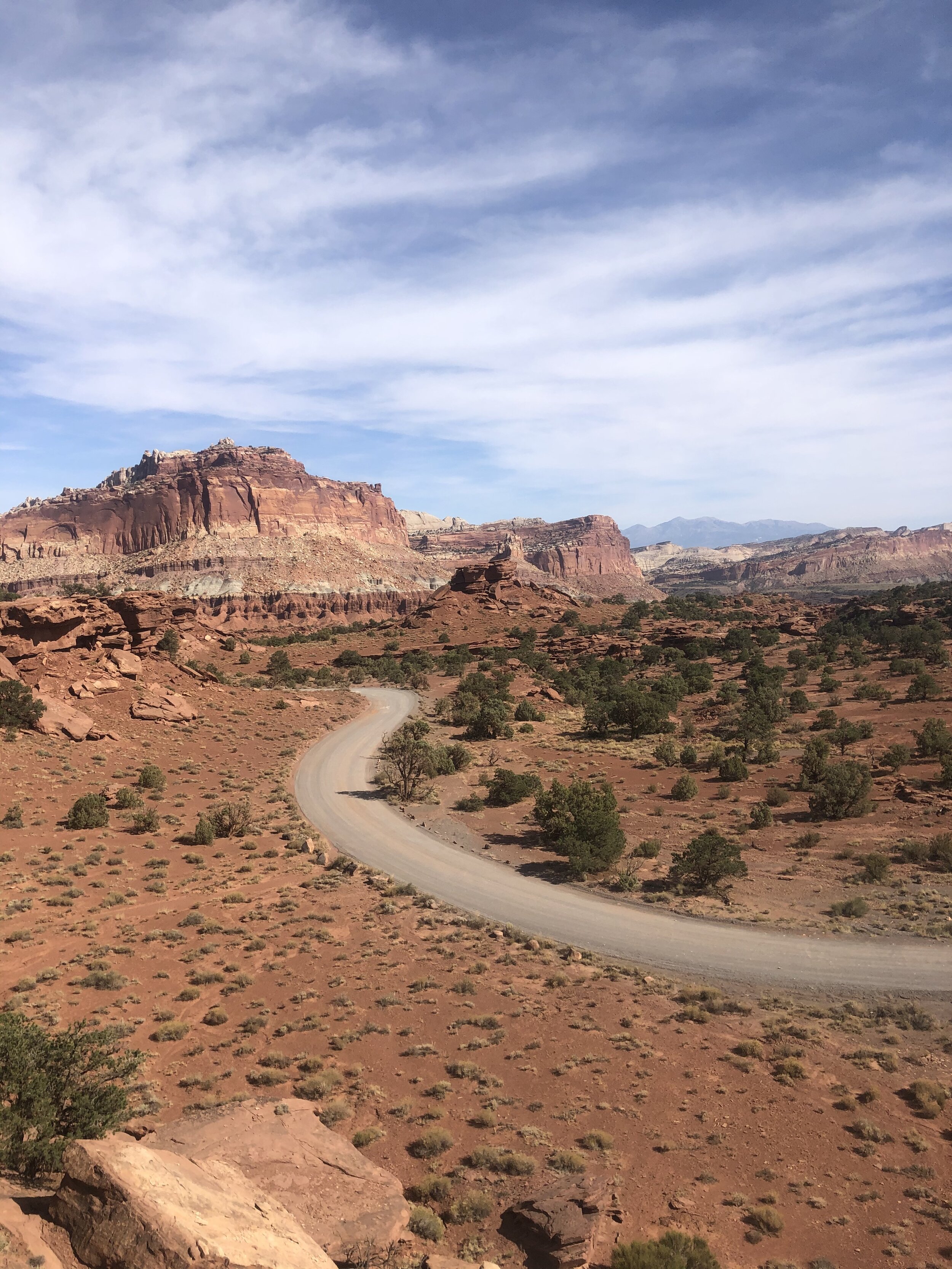#55: Canyonlands National Park & the Last of Utah
Canyonlands and Arches National Parks are often visited together because they are only about a 30-minute drive from one another. I took only one day to visit Canyonlands, and I did not see the park's southern portion - The Needles. I only explored the area called Island in the Sky - which is the most visited part and closest to Moab.
I especially loved this park. The views were spectacular. Addie and I visited Grand View Point, Buck Canyon, and Green River Overlooks, and from every angle, Canyonlands was fascinating. This landscape defines the wild west, with roads preserved and untouched today but made years ago for mining and other resources.








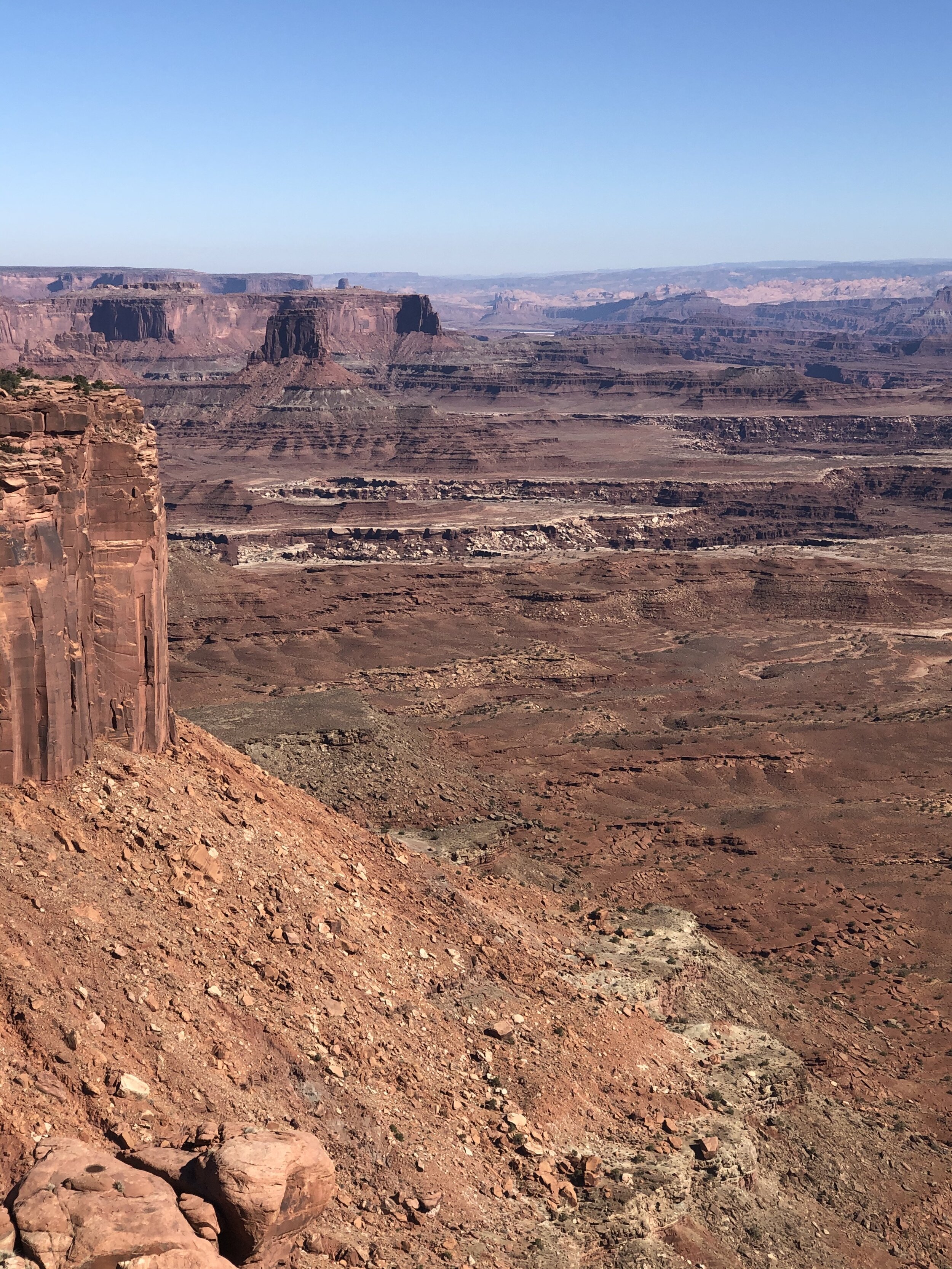

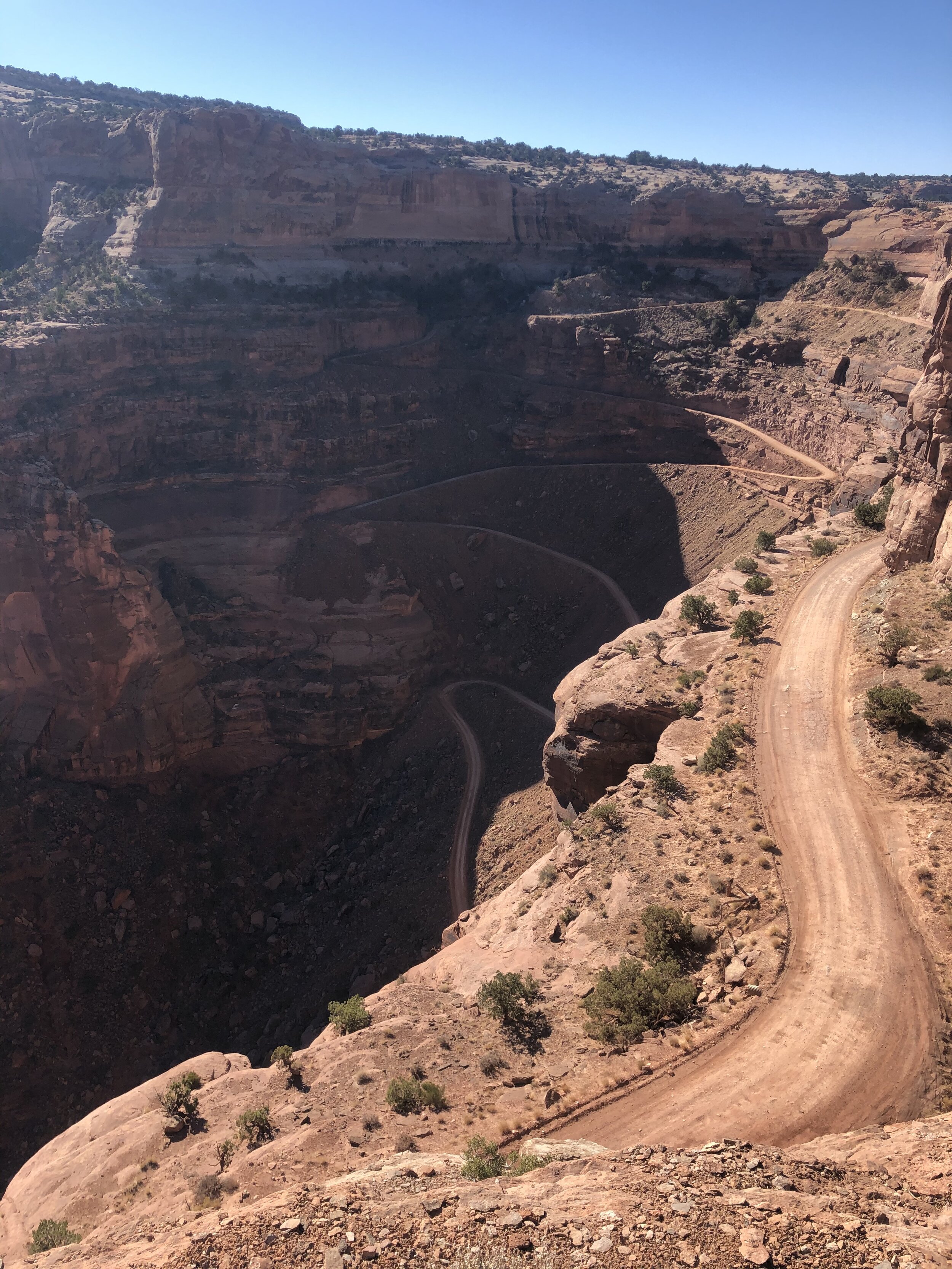
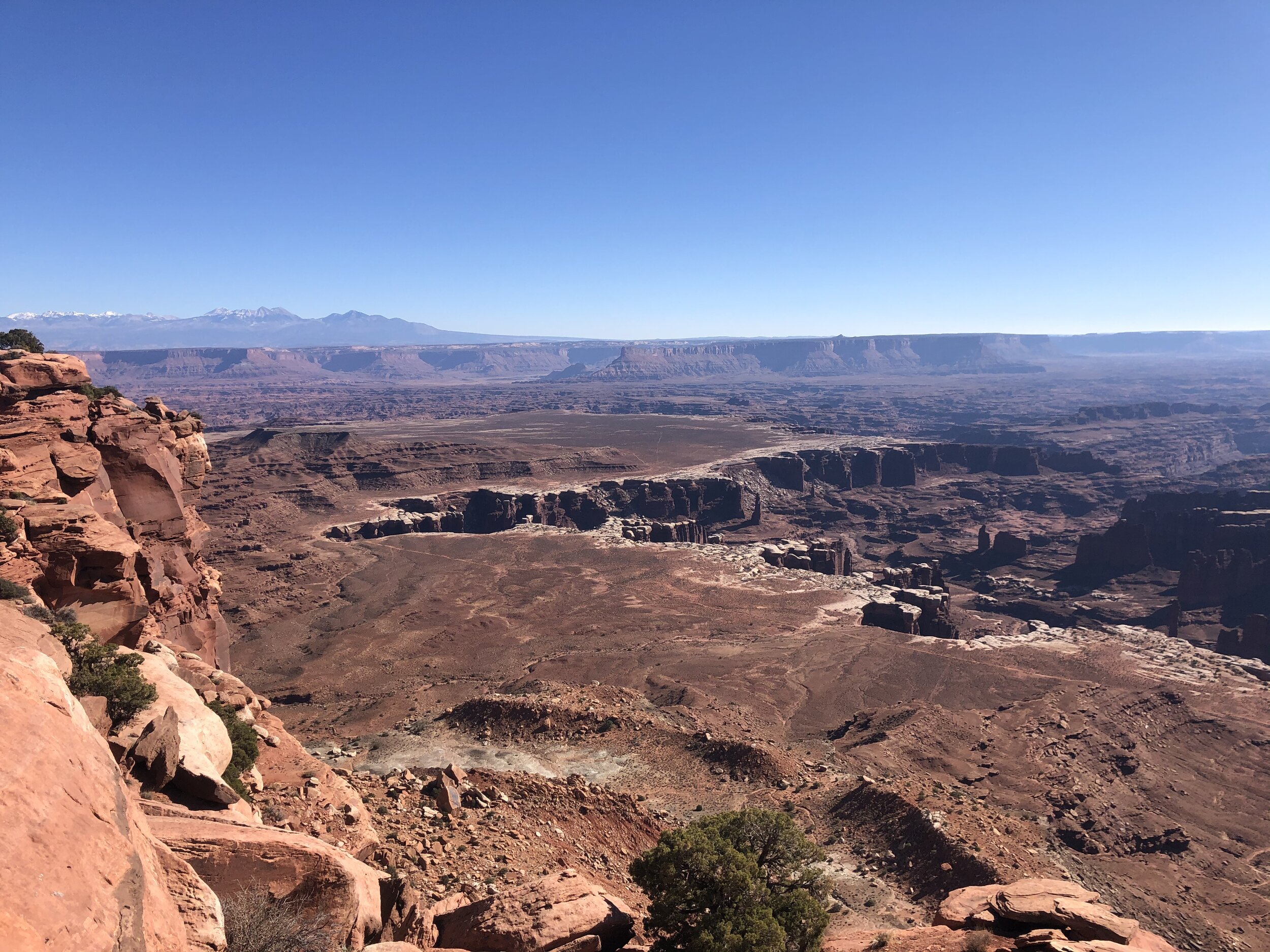

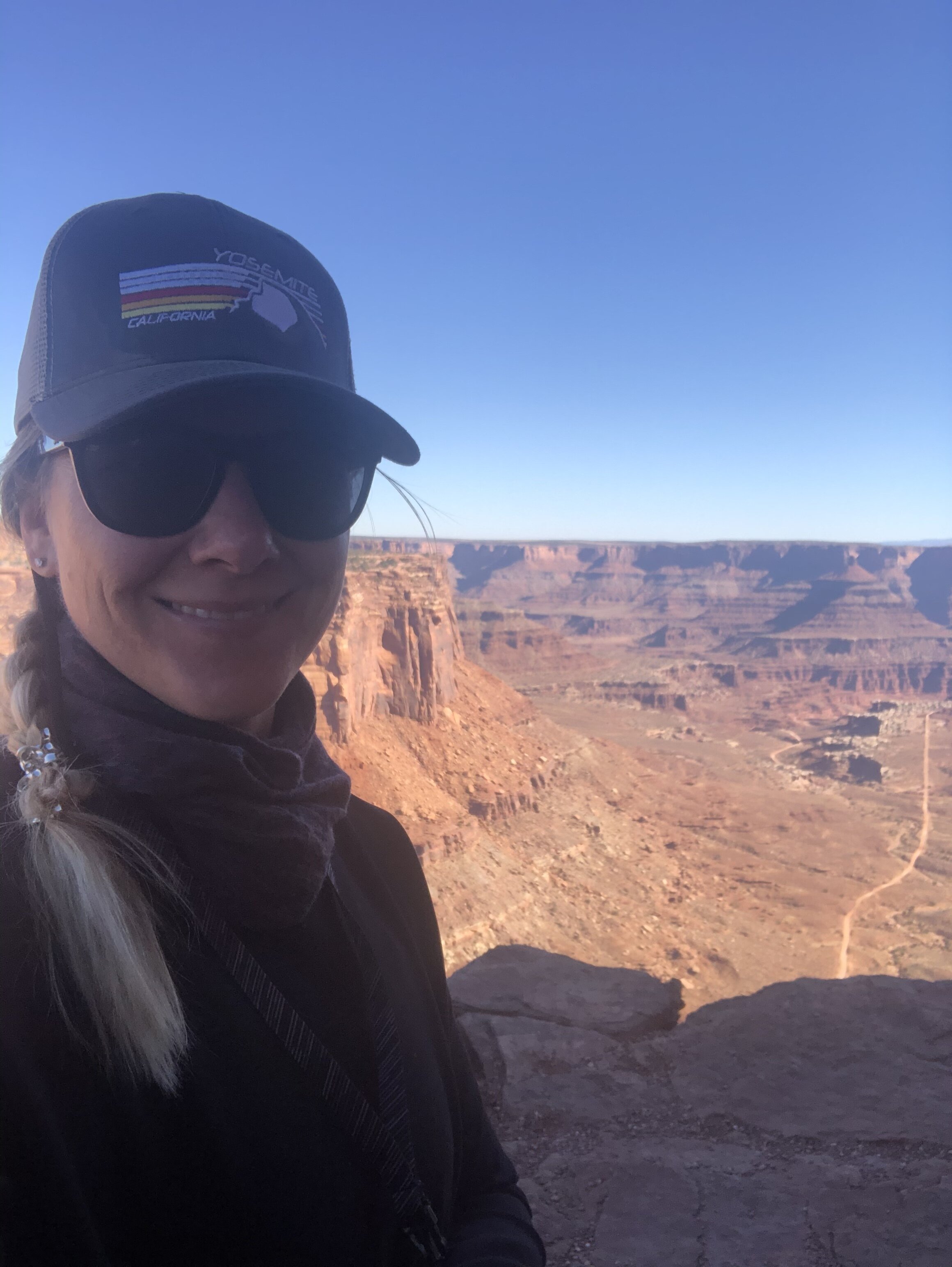
In the afternoon, we swung by Dead Horse Point State Park, which is right near Canyonlands' northern entrance. As legend has it, cowboys corraled horses into this point and then blocked them with branches and brush, so they were trapped. The cowboys took the horses they wanted and left the rest corralled on the point with no food and water. As an animal lover, I'm banking on this story being false.
Small hiking trails and paths surrounded the overview area of Dead Horse Point State Park. We walked around, stopping at different overlook views.





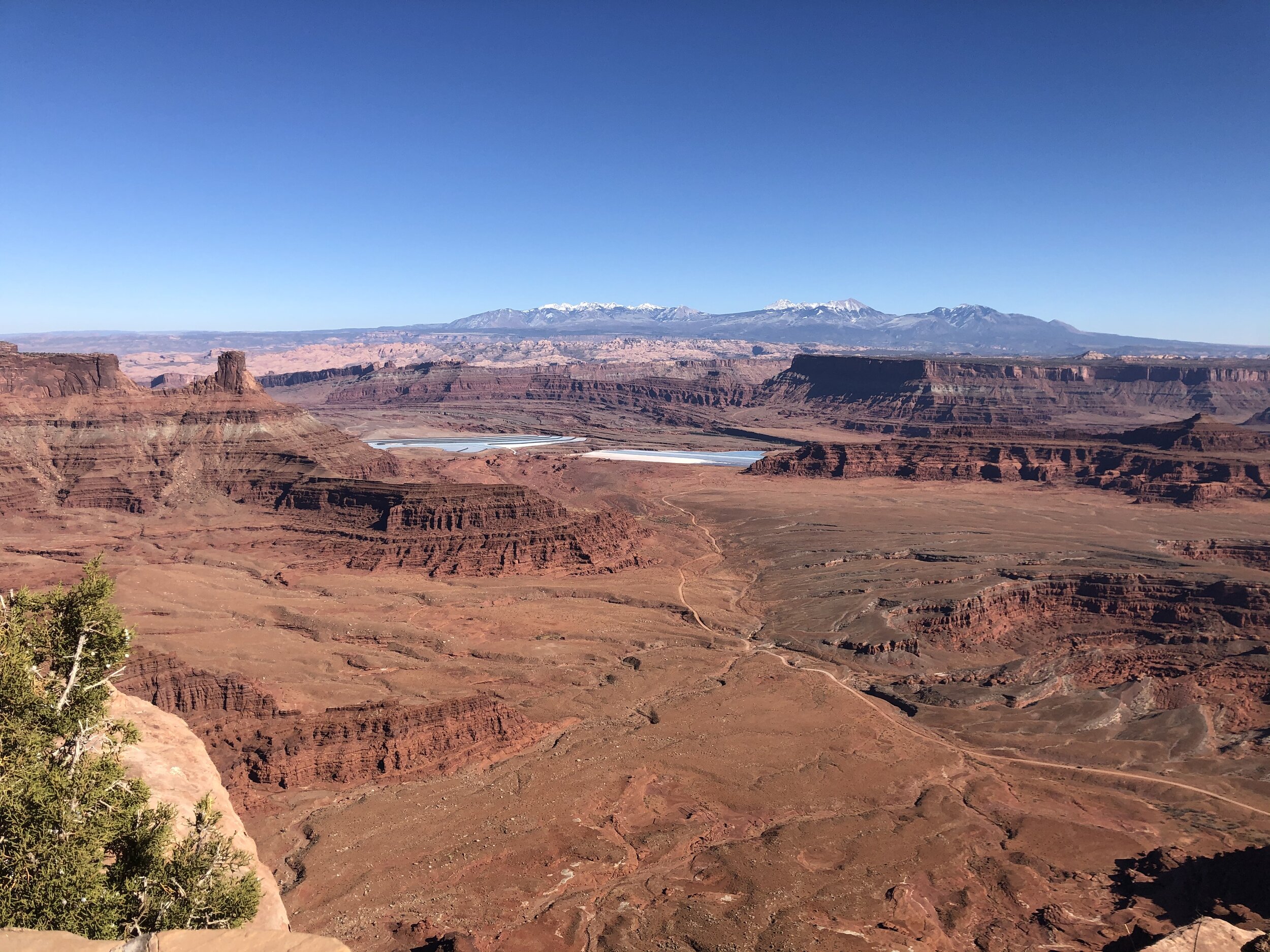
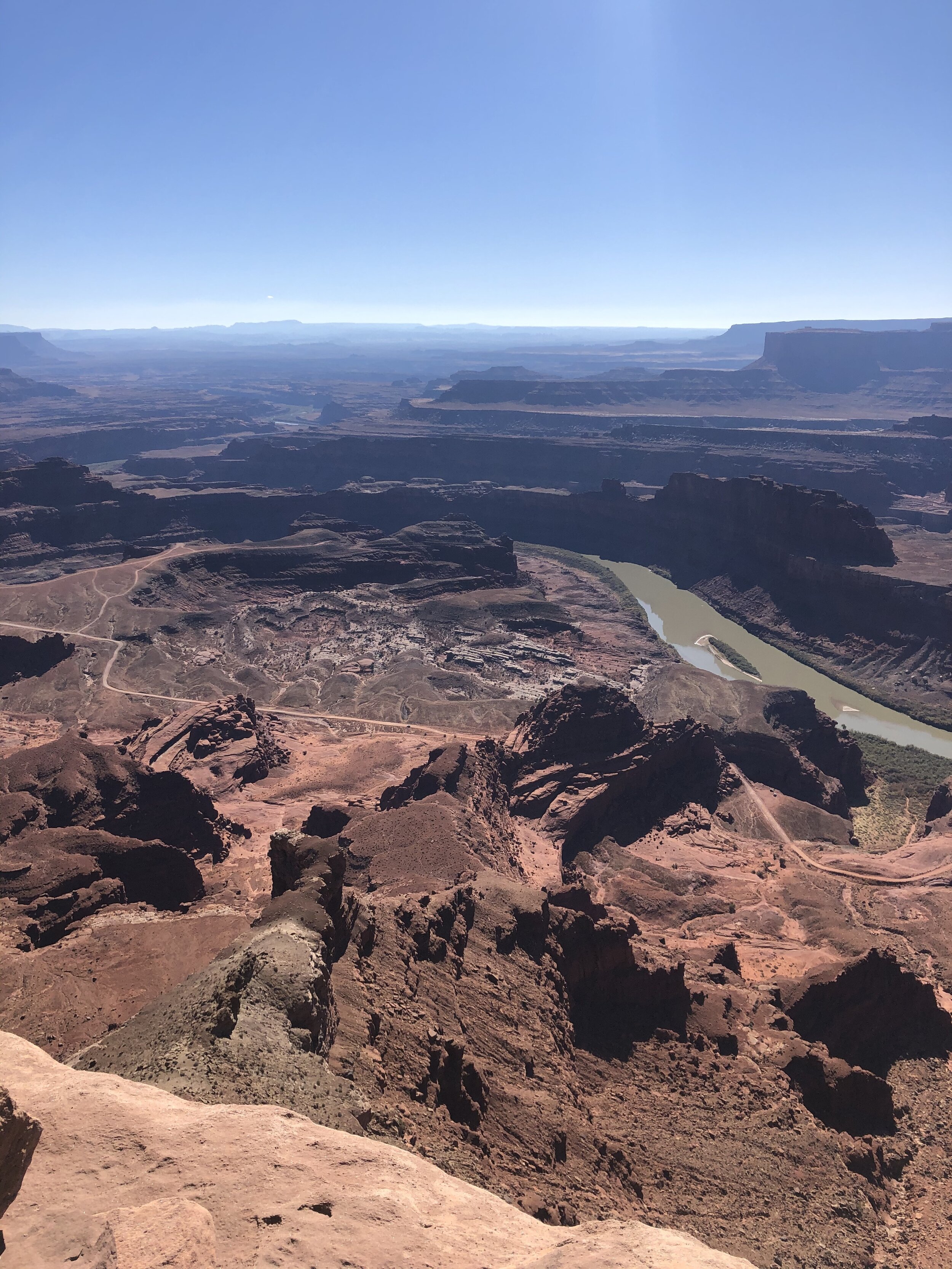
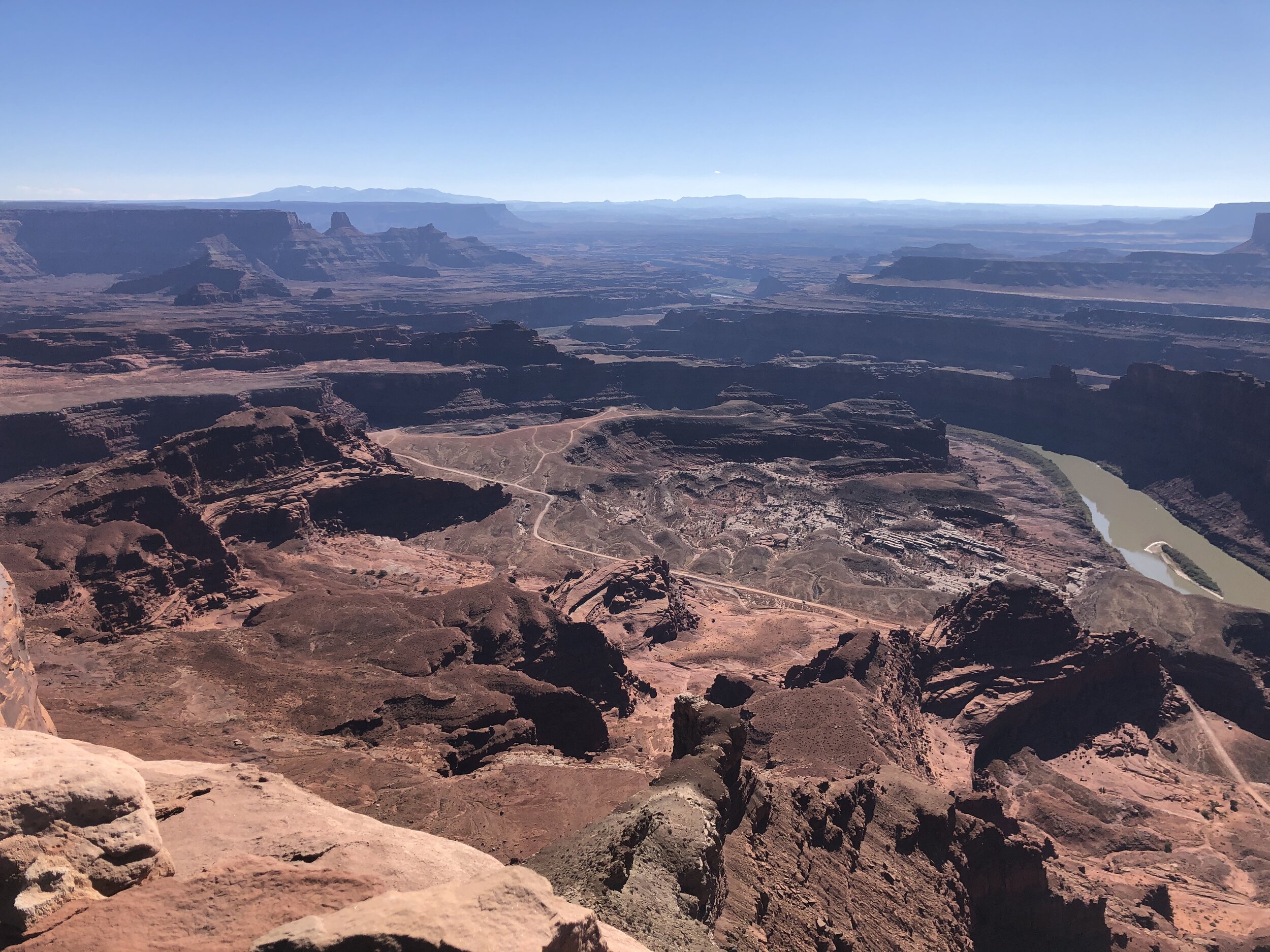
I craved a “real” shower and needed to do some laundry, so I found Archview RV Park outside Moab. I got a discount rate because part of the park was closed and I had such a small rig.
The next morning, with freshly-washed hair and clean laundry in tow, I was off.
I wanted to check out Lake Powell and Glen Canyon Recreation Area, a place I had heard about but didn’t know what to find there. The route was a roundabout one but very scenic.
We drove to Bullfrog, UT, which is where the road (UT-276) meets a part of Lake Powell. I saw signs for a ferry, and after some investigating (mostly a chat with the ranger at the gate into Glen Canyon Recreation Area), I learned that the ferry takes you across the lake to Halls Crossing, where you can continue on UT-276.
It was indeed, an adventure. The next ferry was at 3:30 pm, and I was the only car inline (as the season is over). I hung out by the lake a bit before driving my entire rig onto the ferry. The captain even let us up on the top where he was so he could meet Addie.
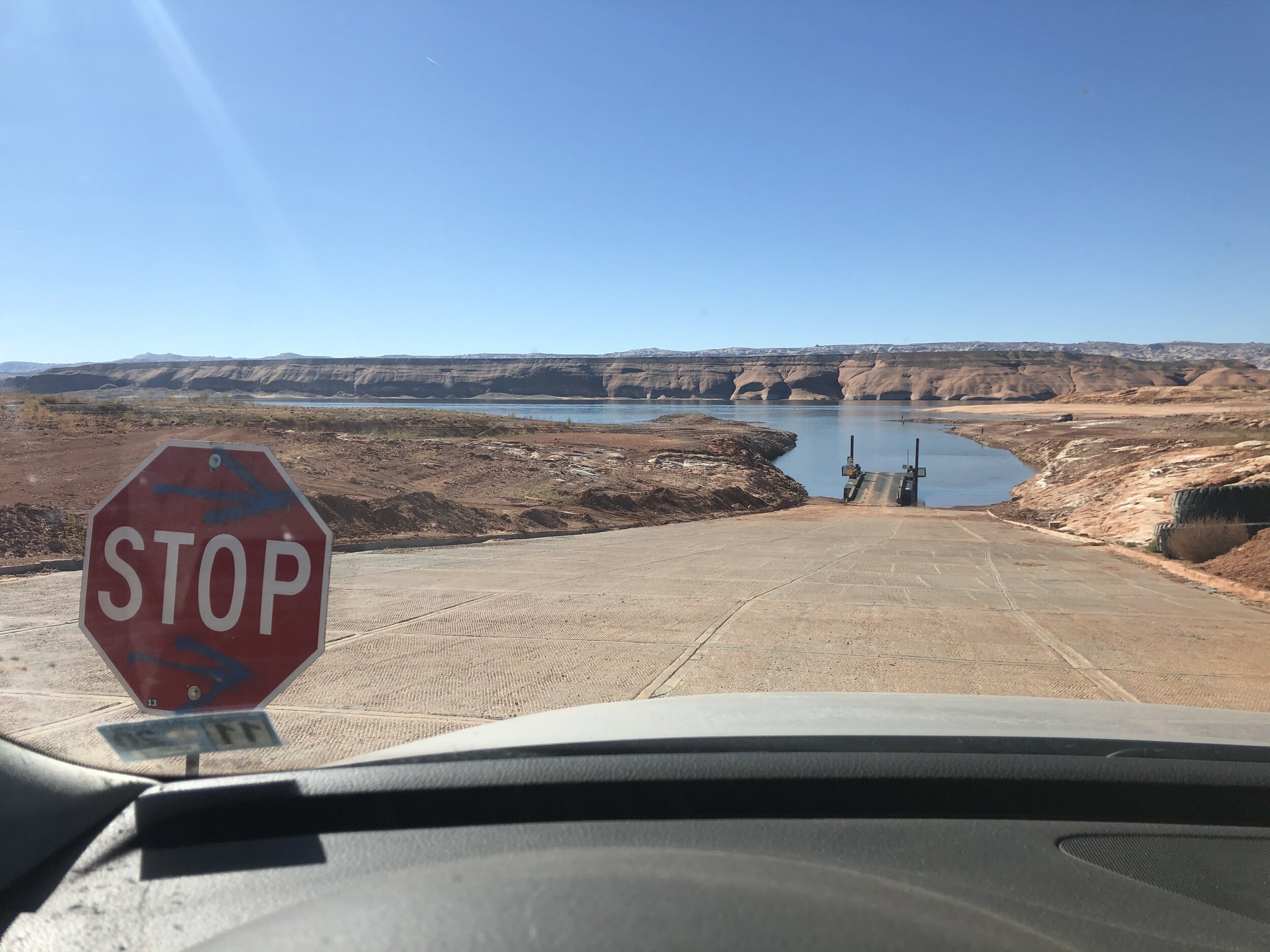






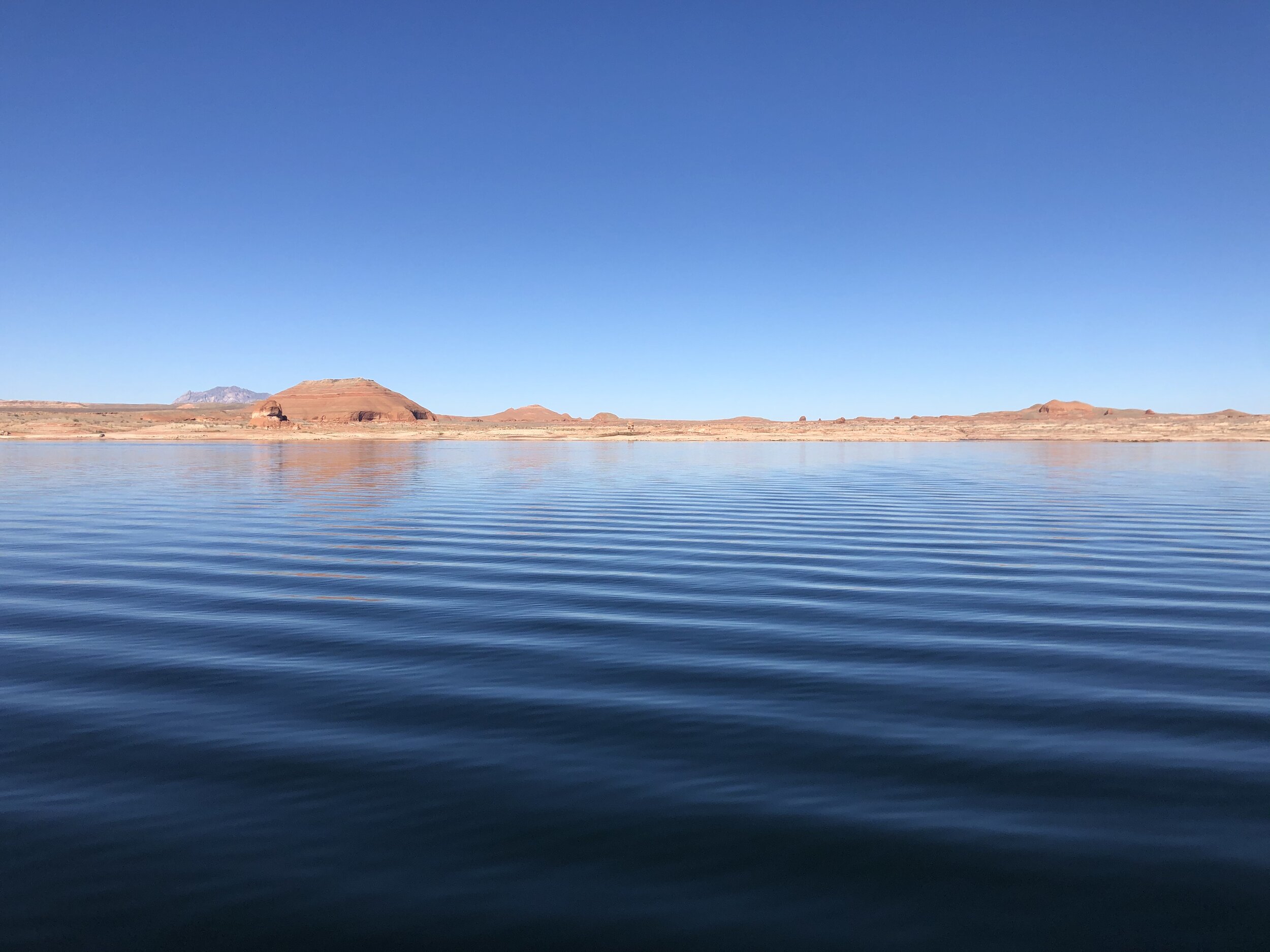

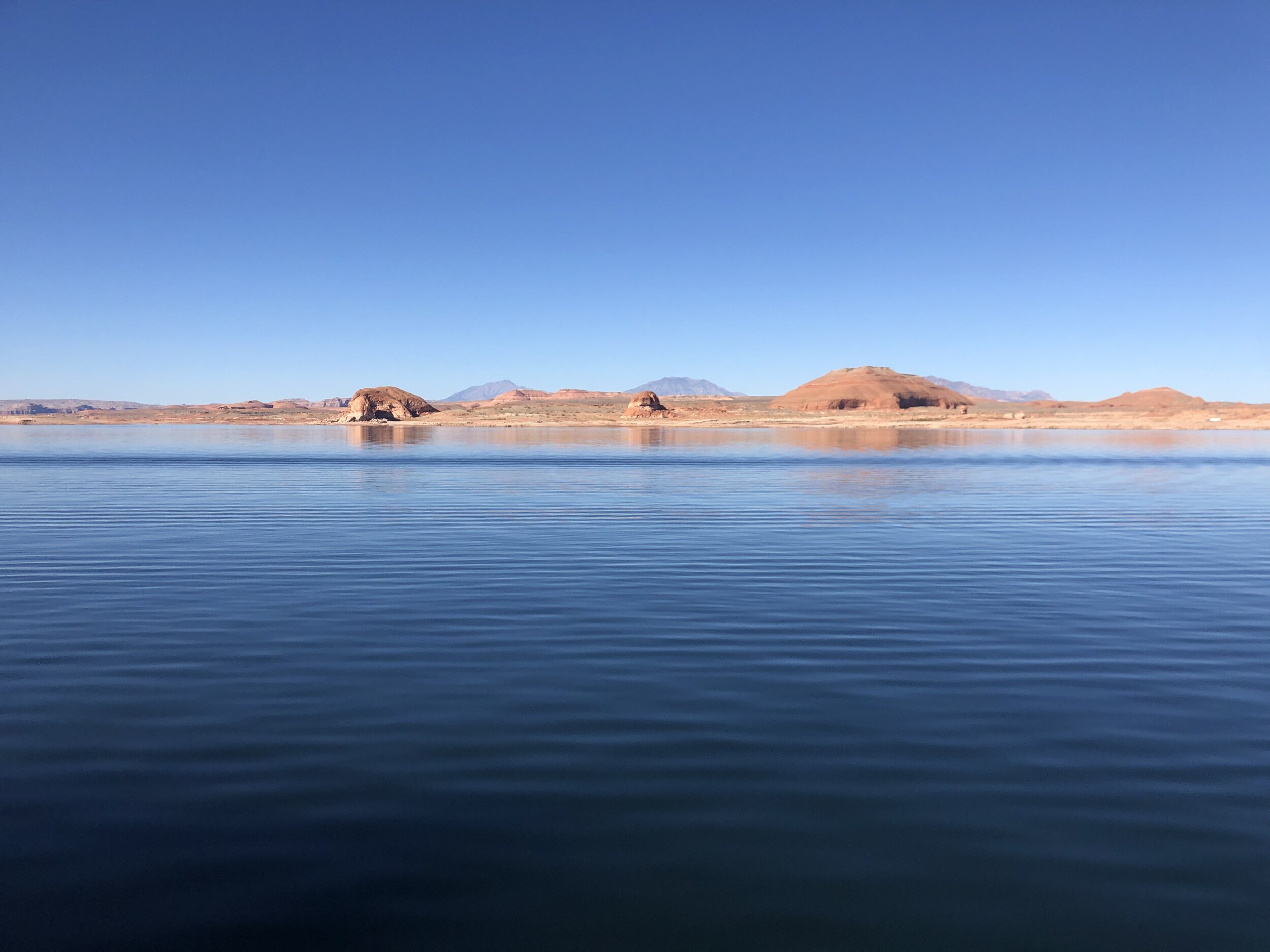
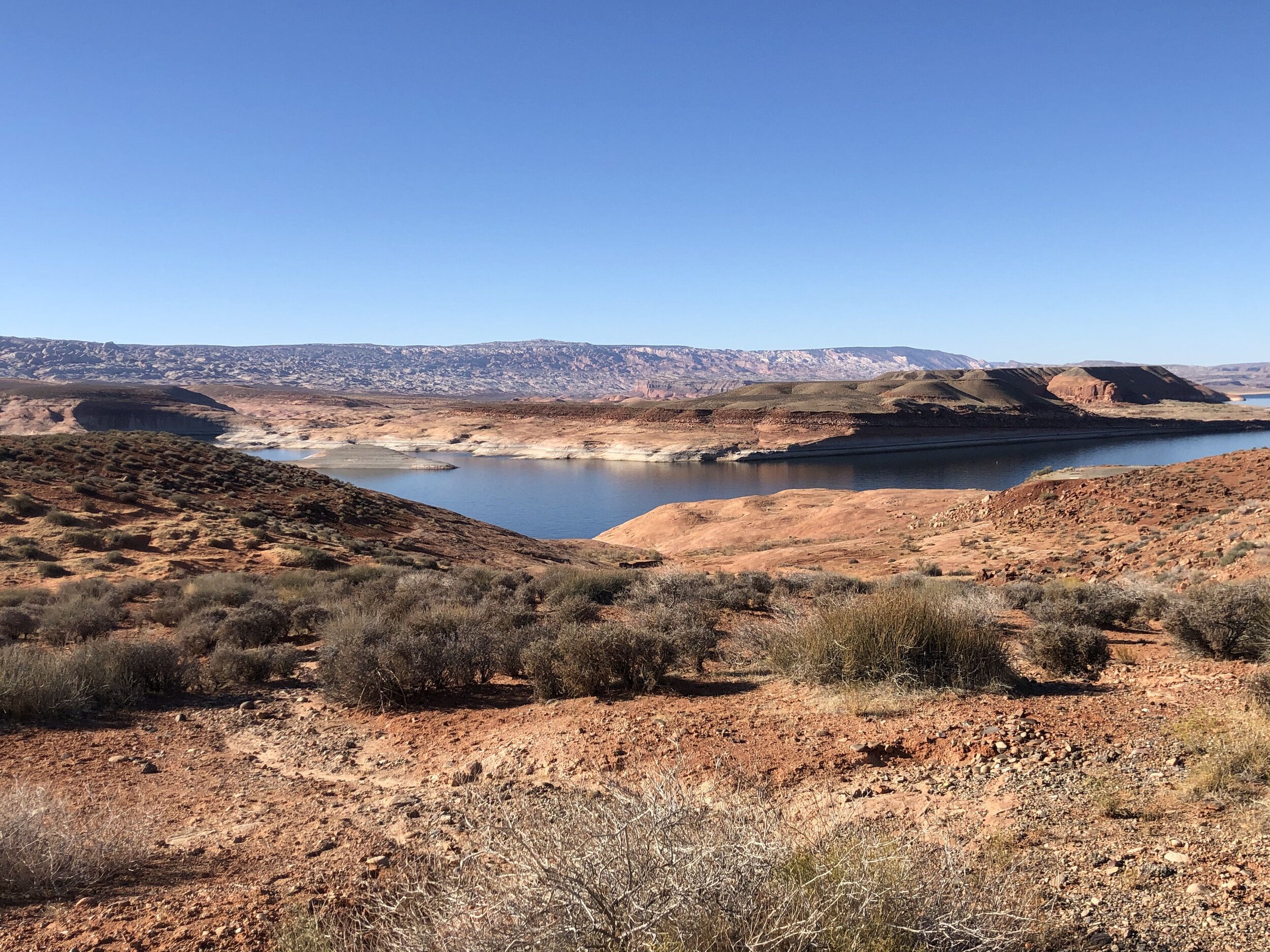
The ferry dumped us right back onto the road; it was as if we didn’t take a ferry at all.
I continued driving until late afternoon when I started looking for a place to camp. I found some free land outside Blanding, UT, to stay for the night before crossing the state line into Arizona.
Ciao for now, Utah!






